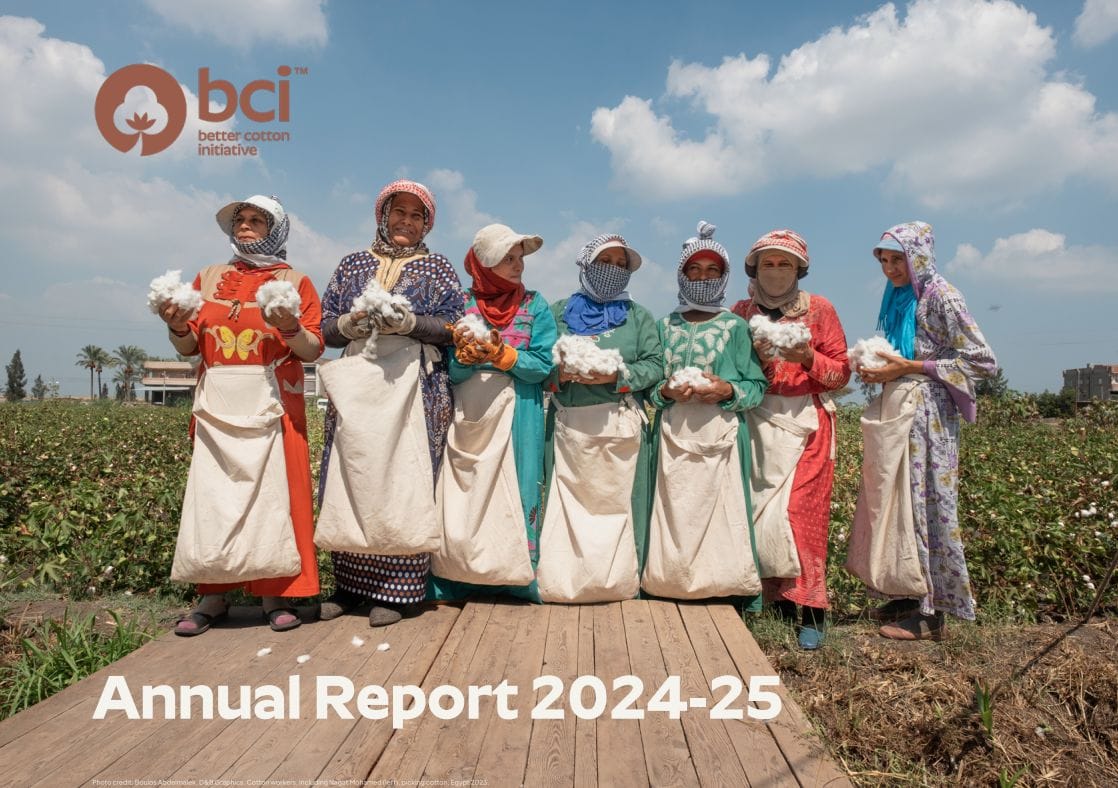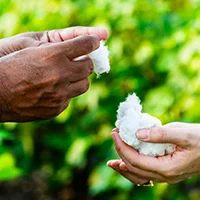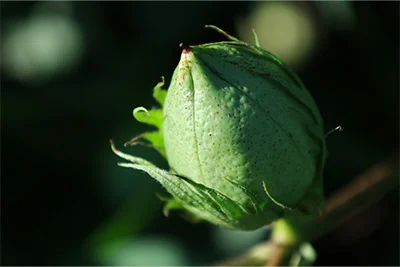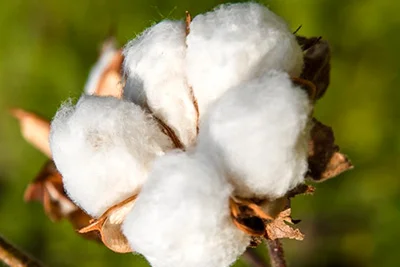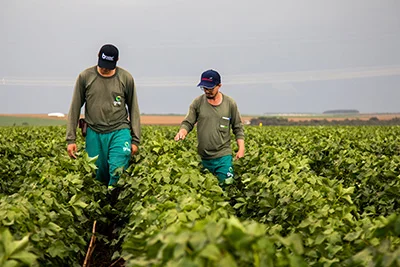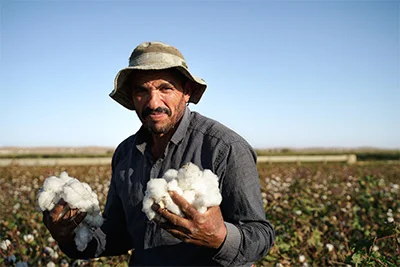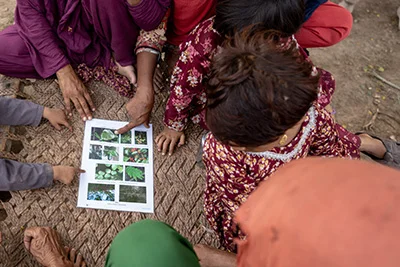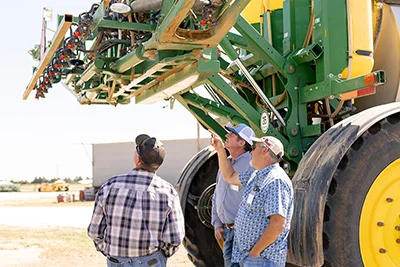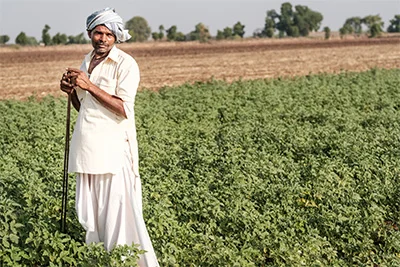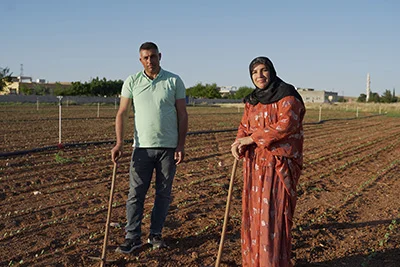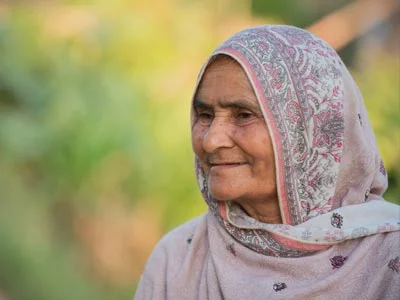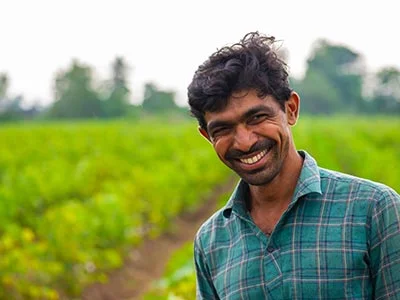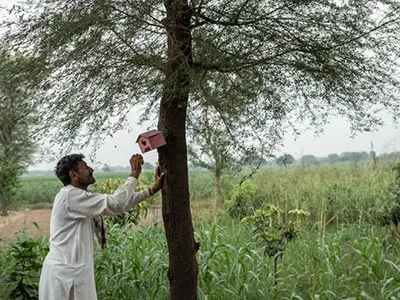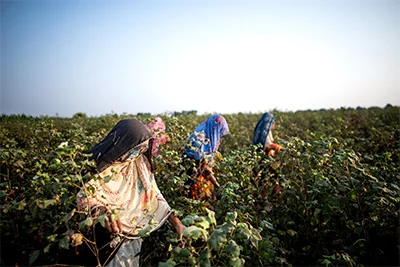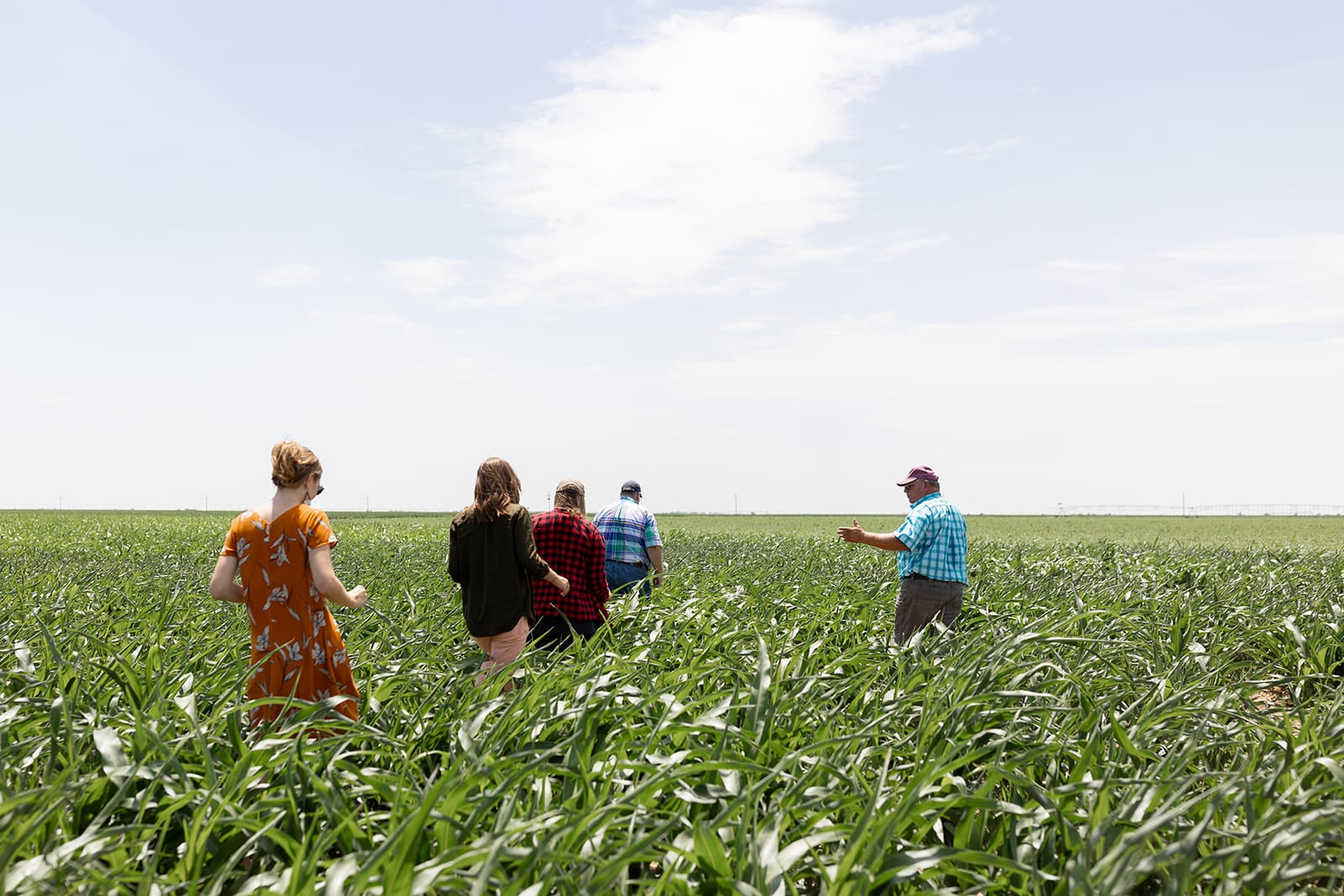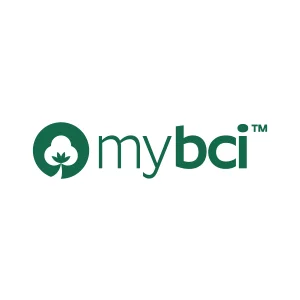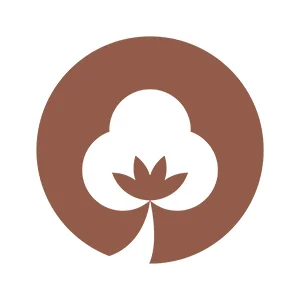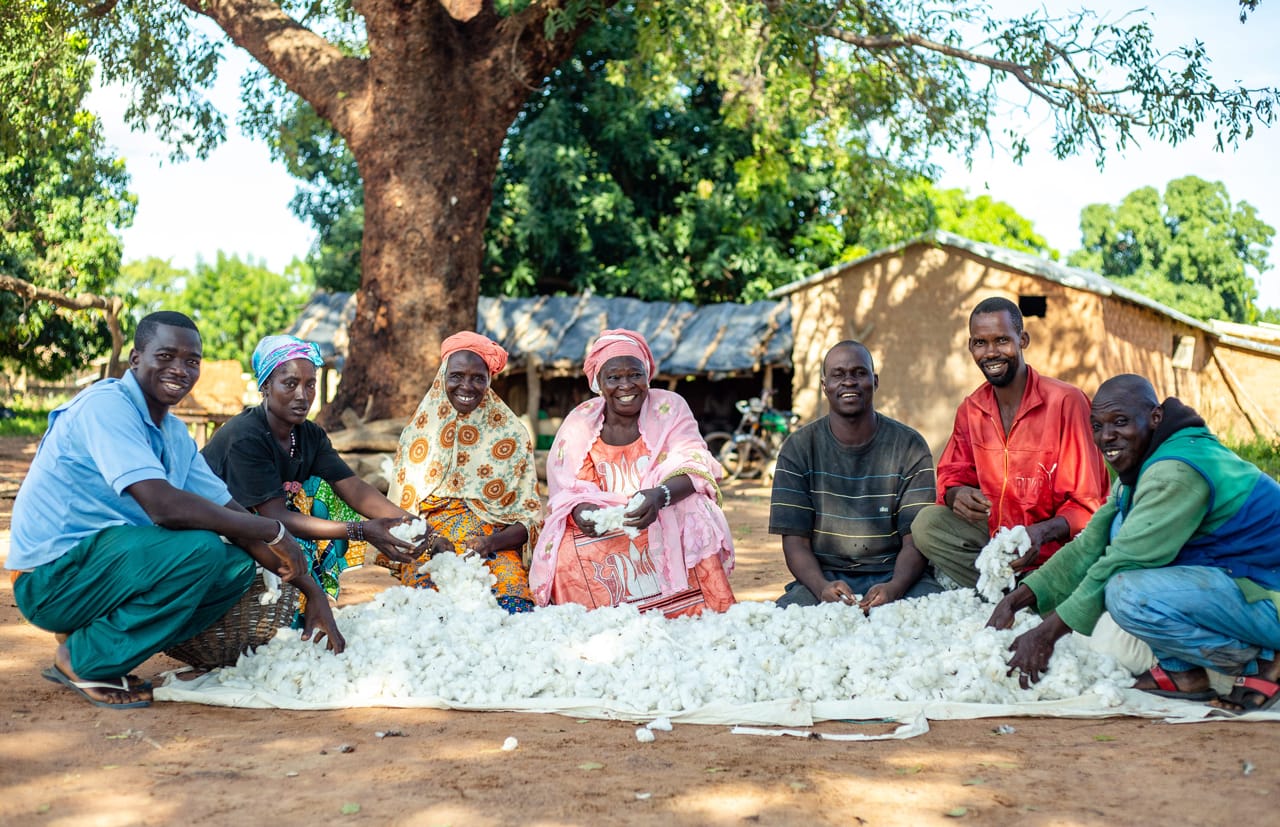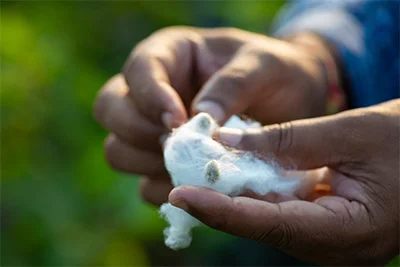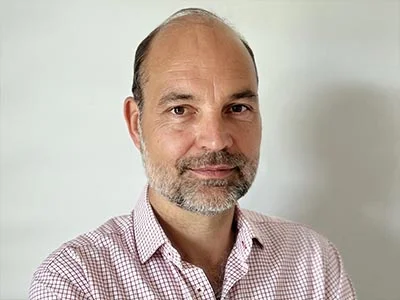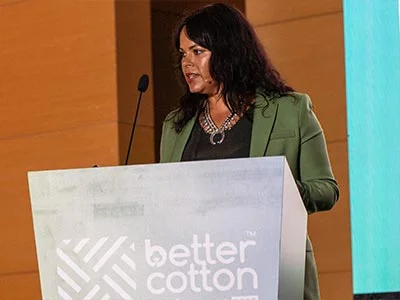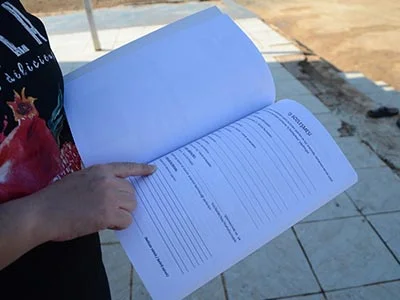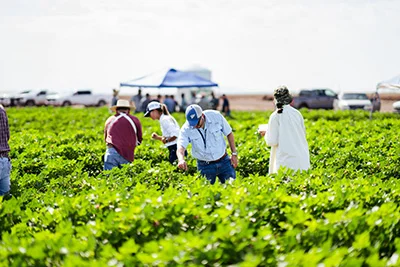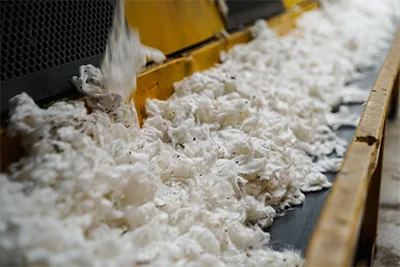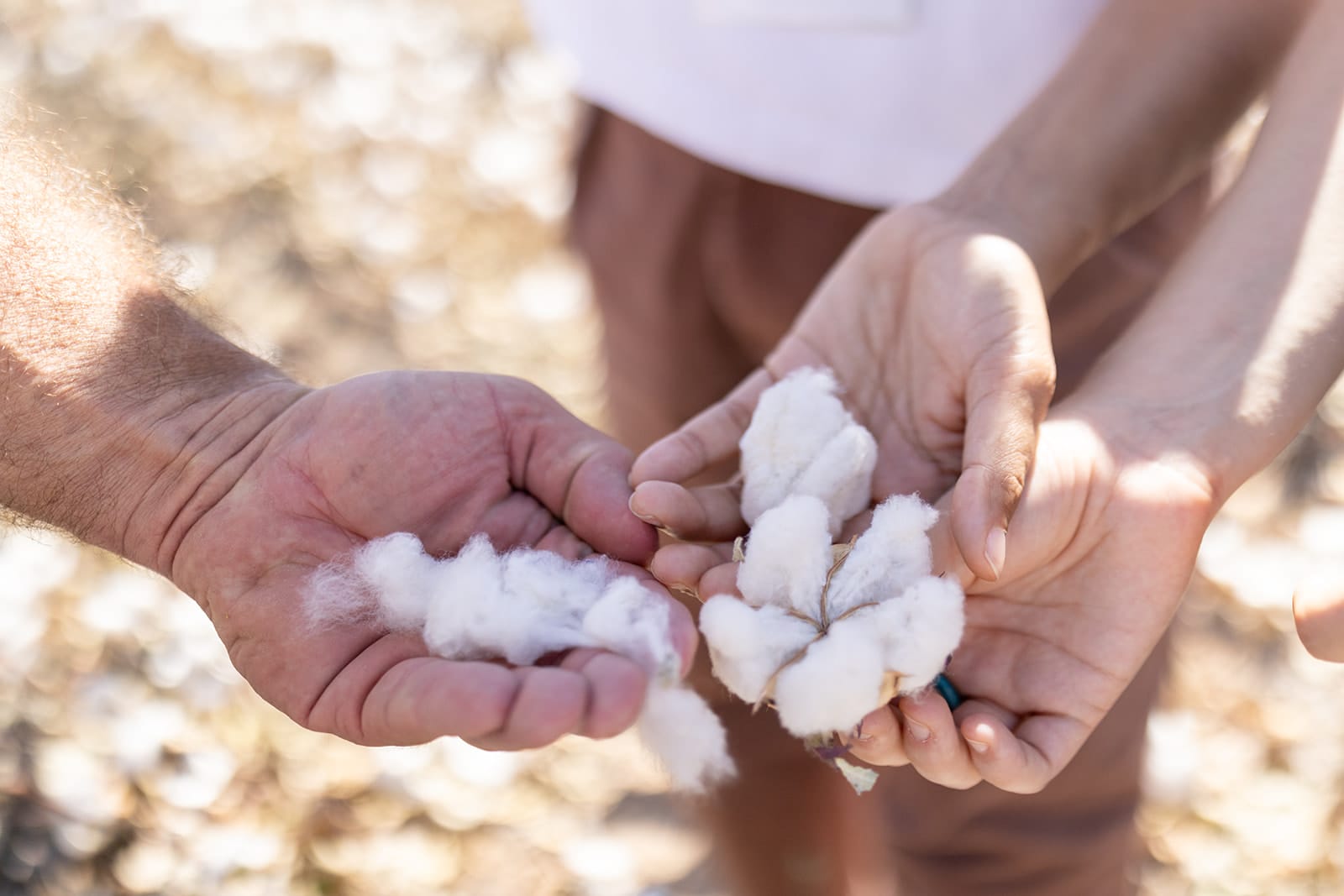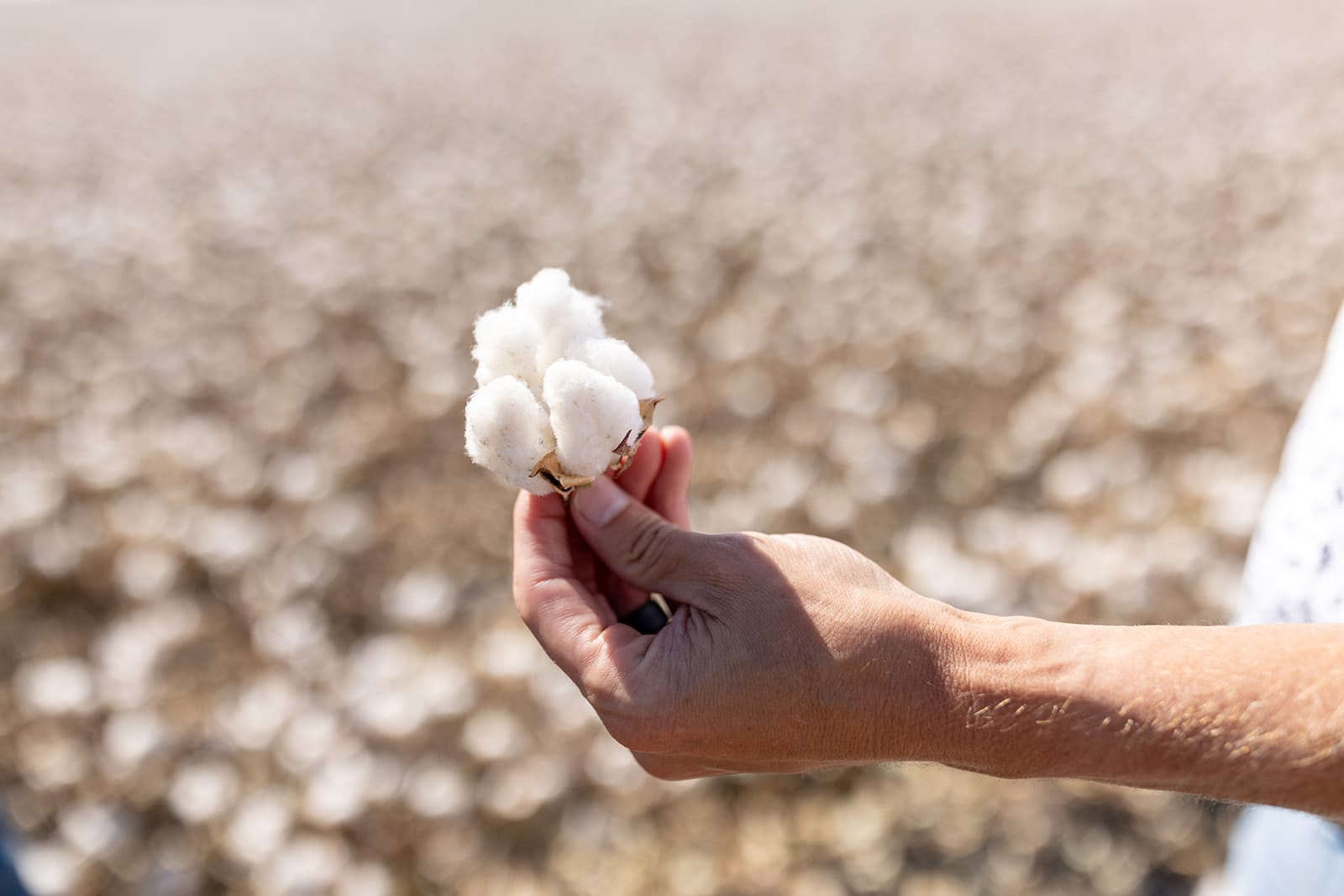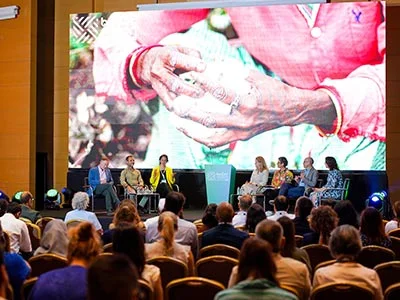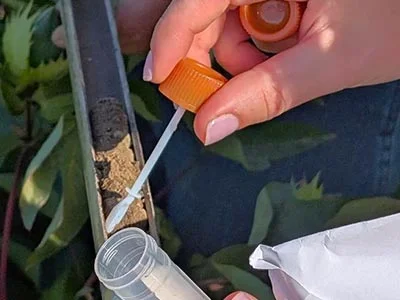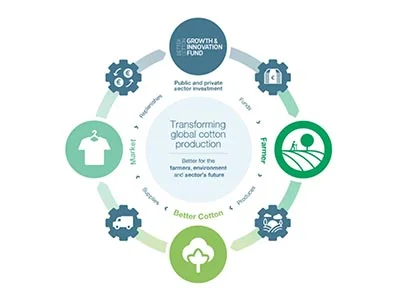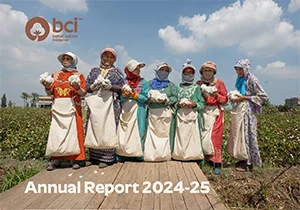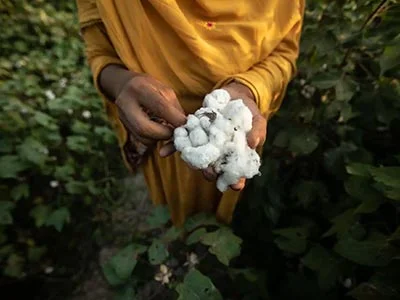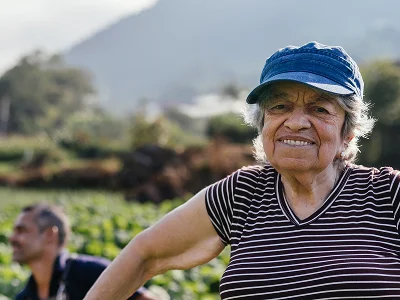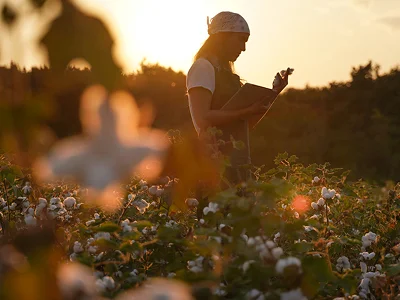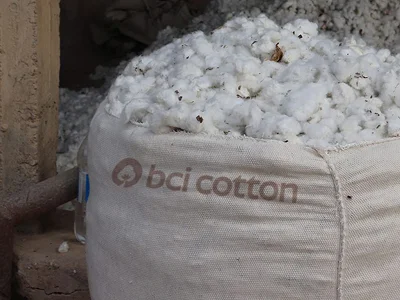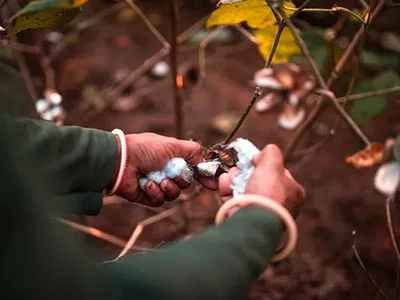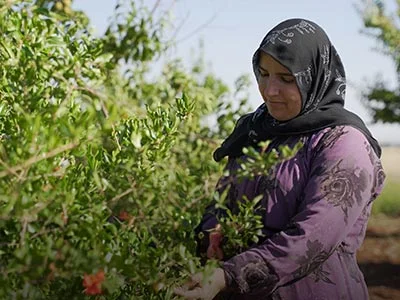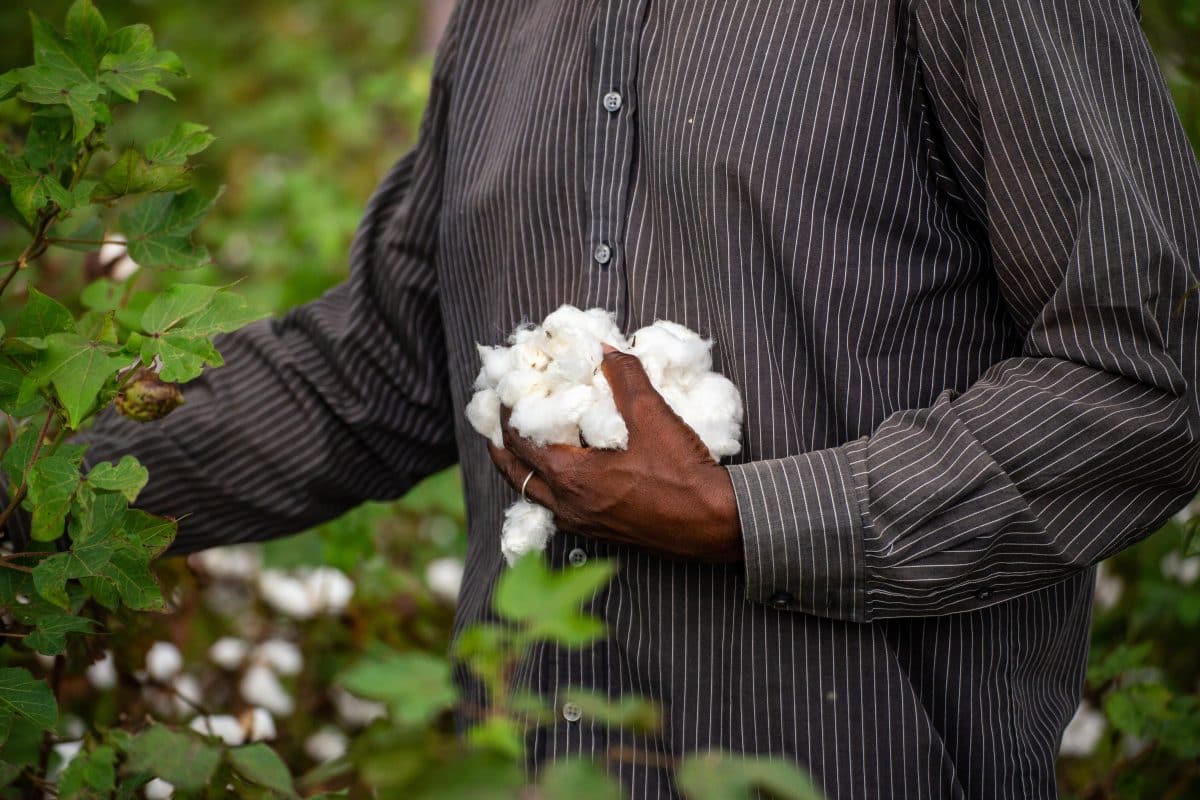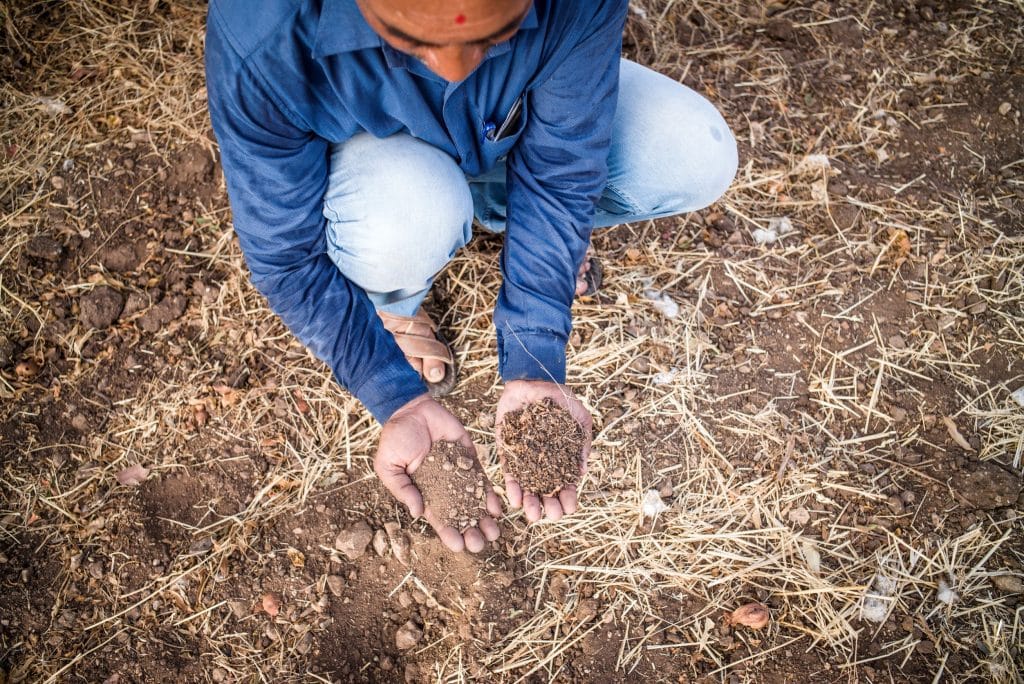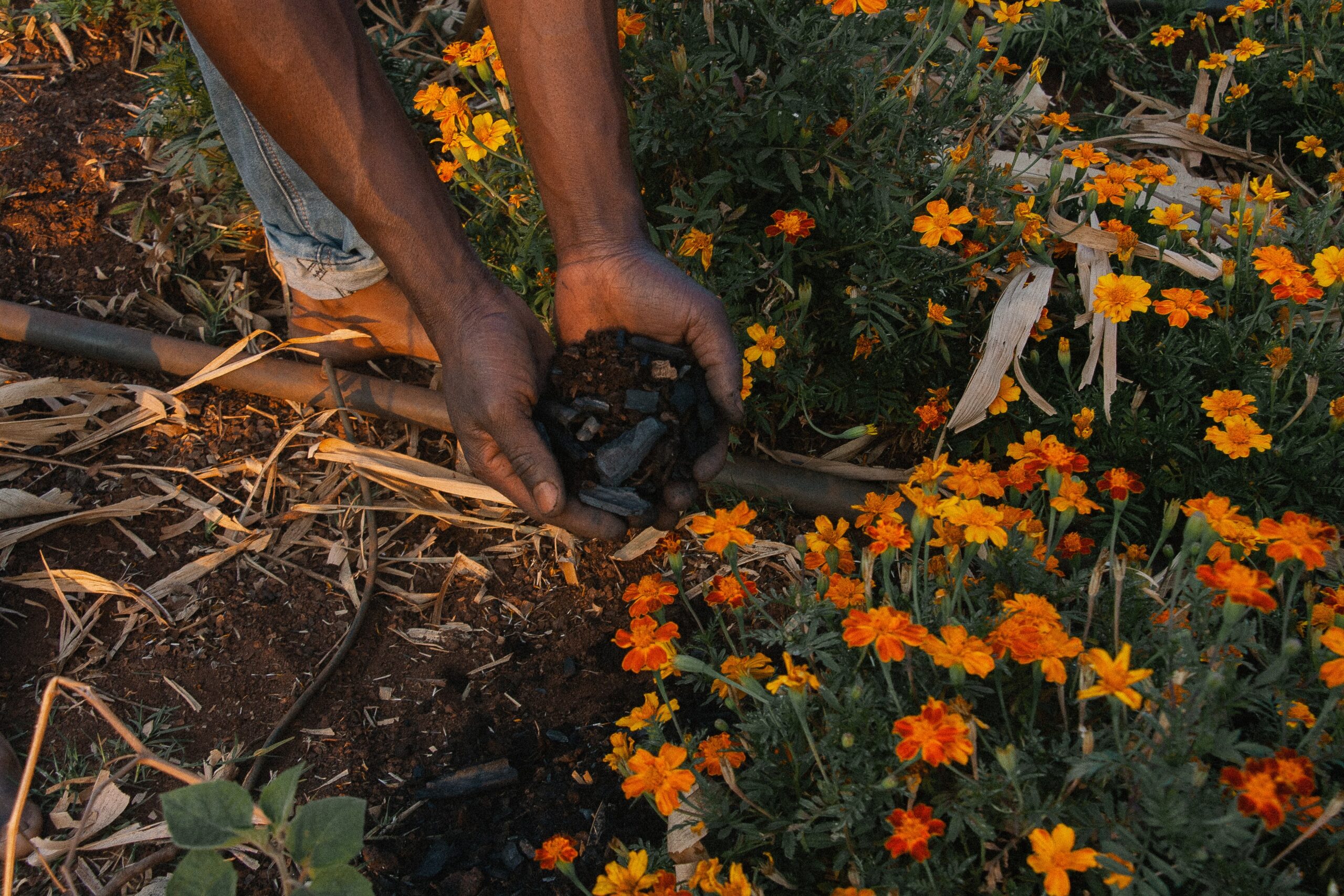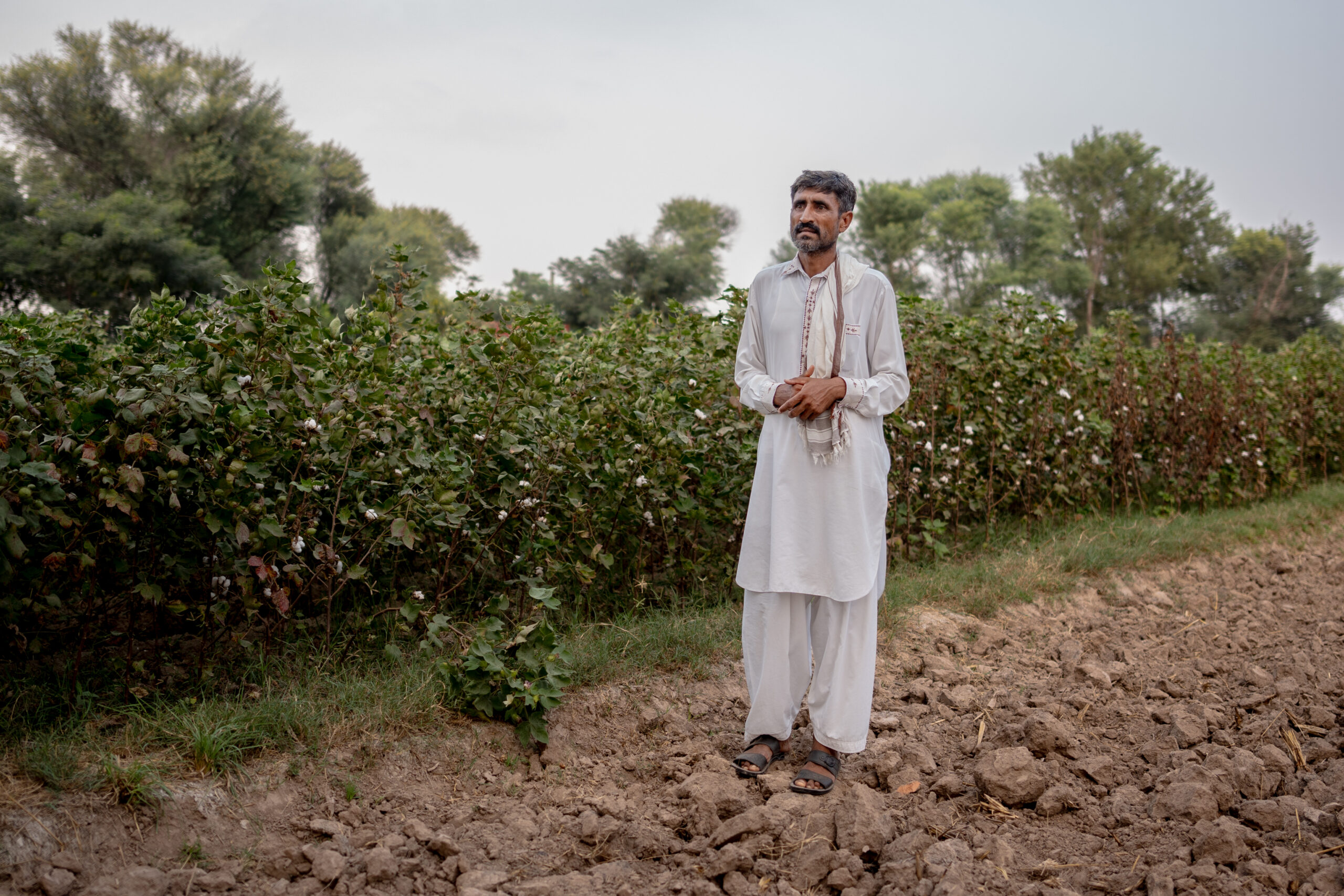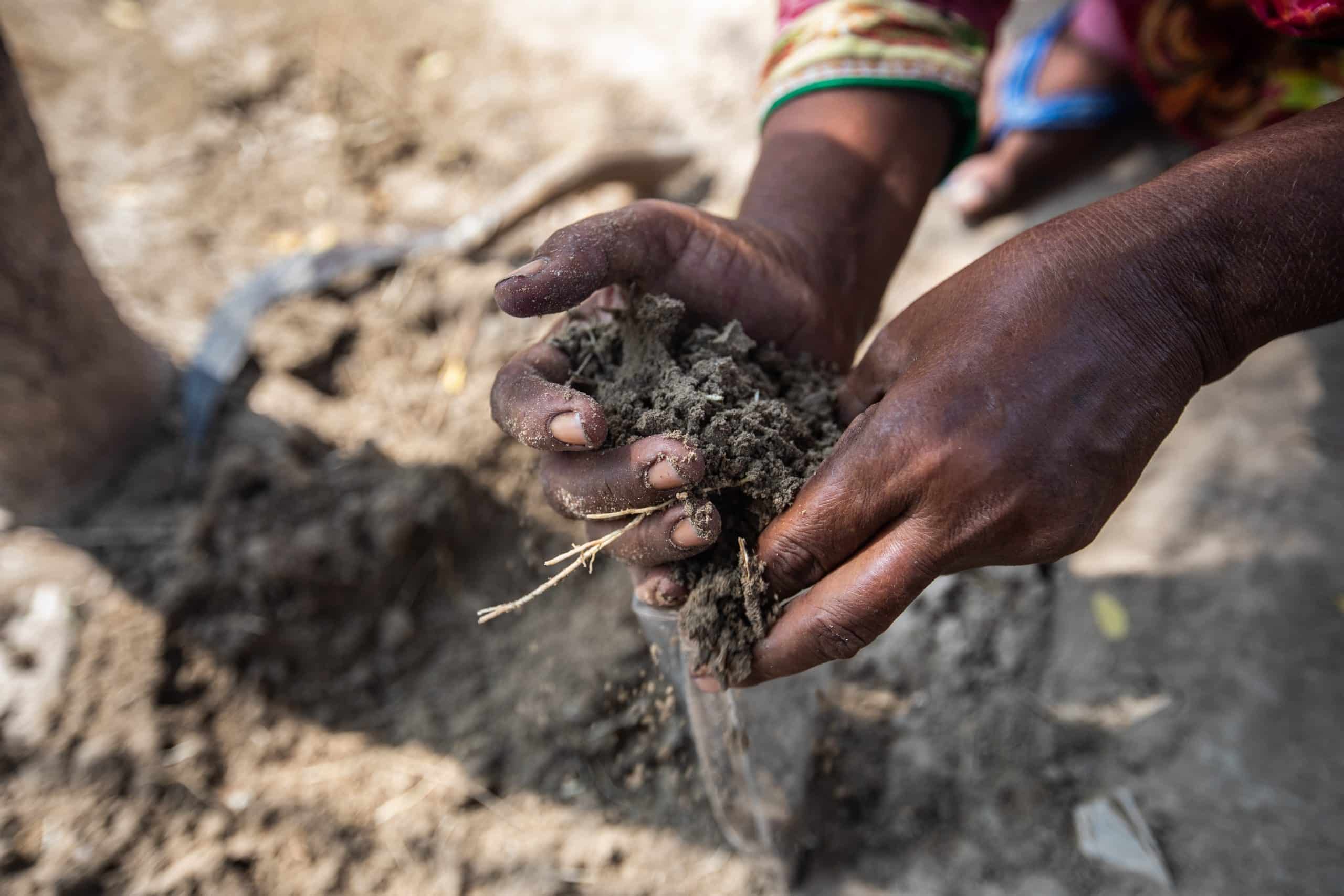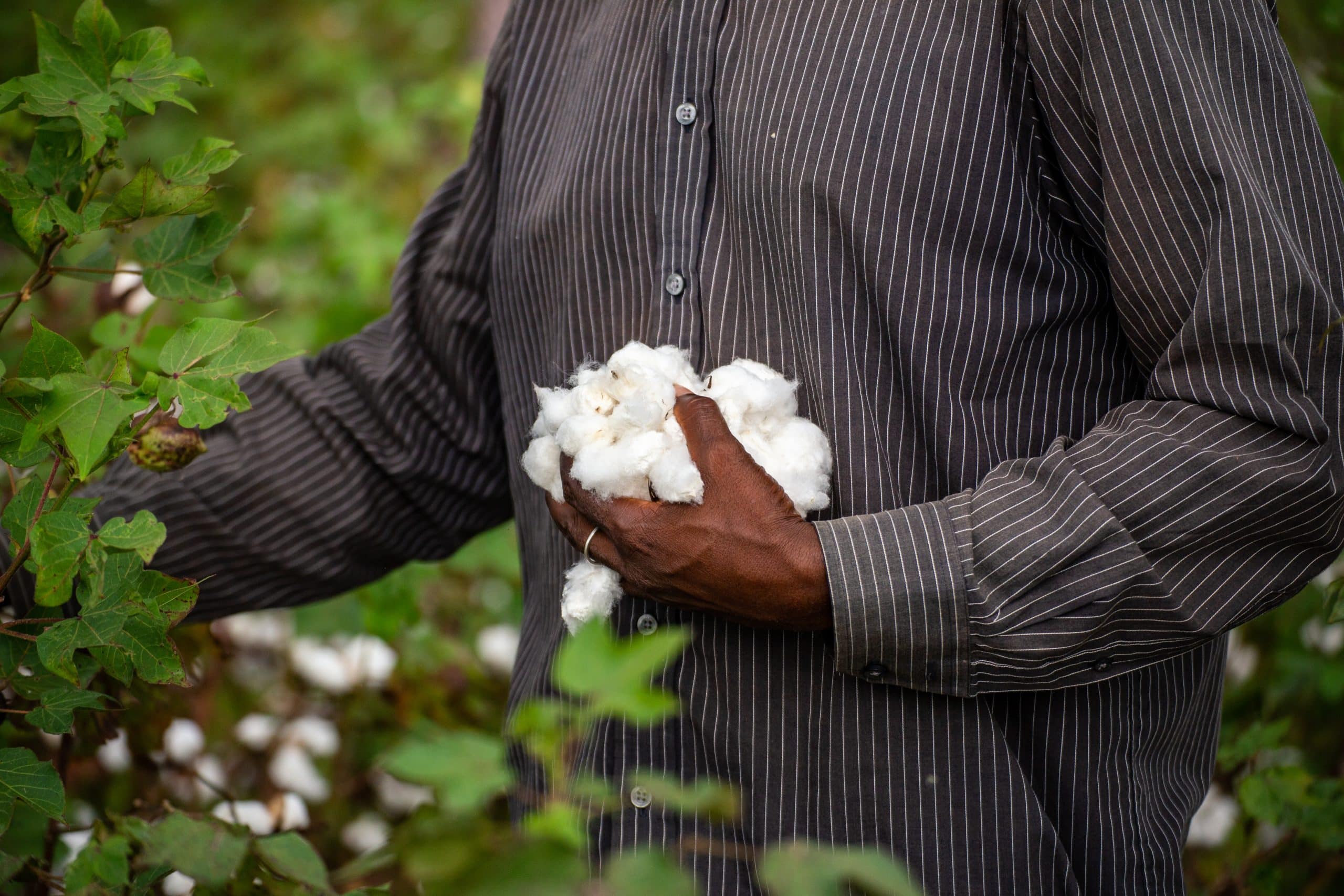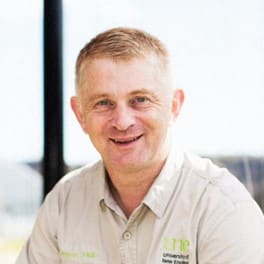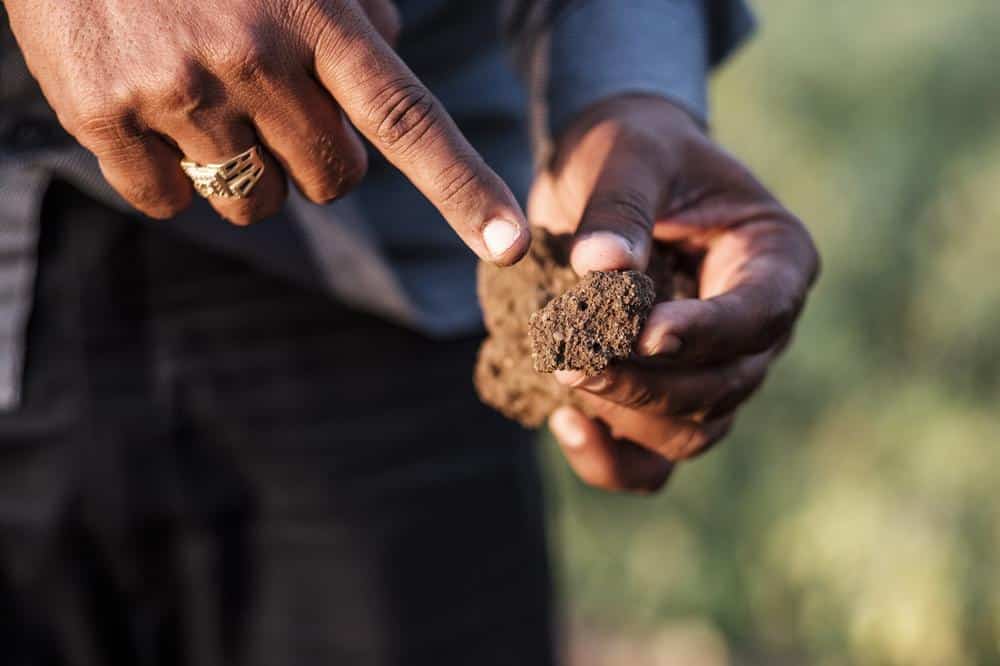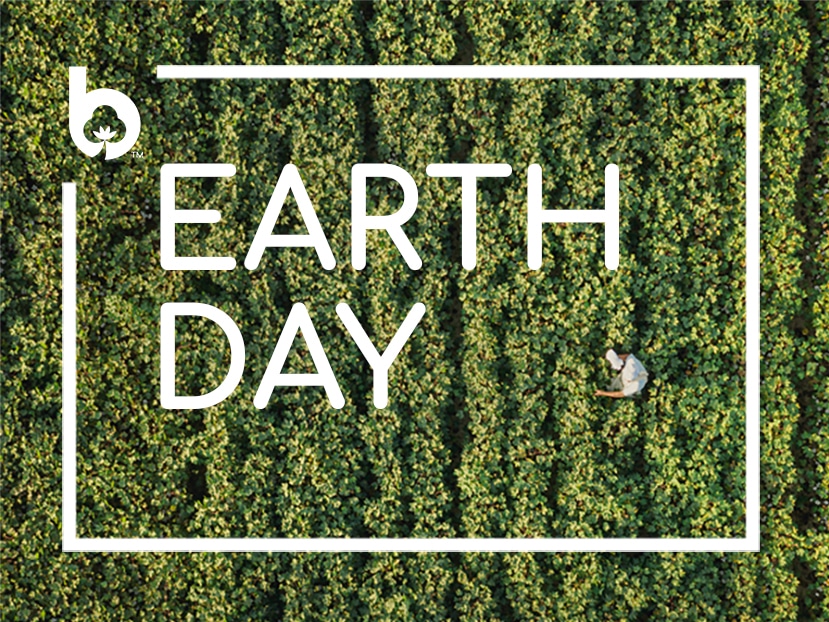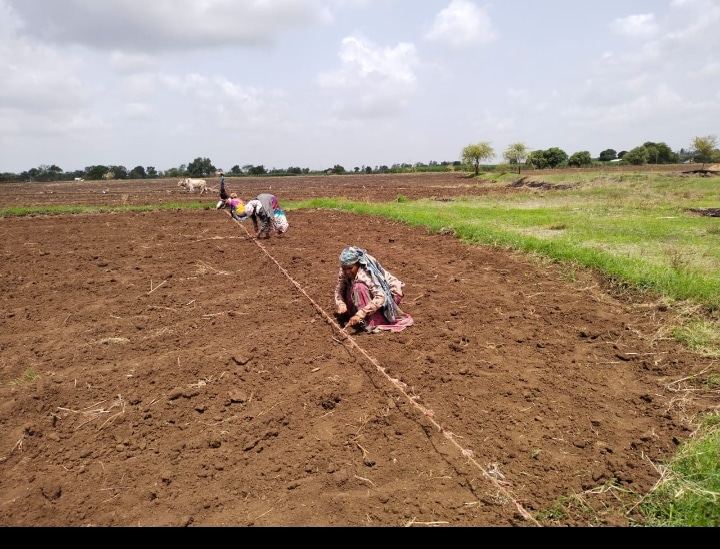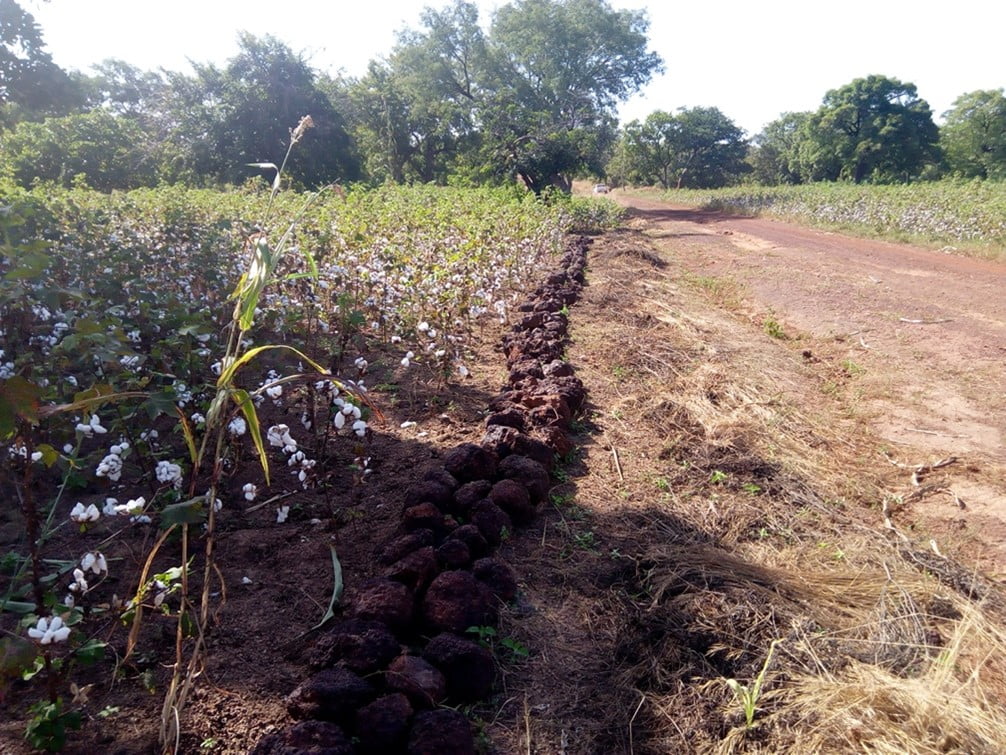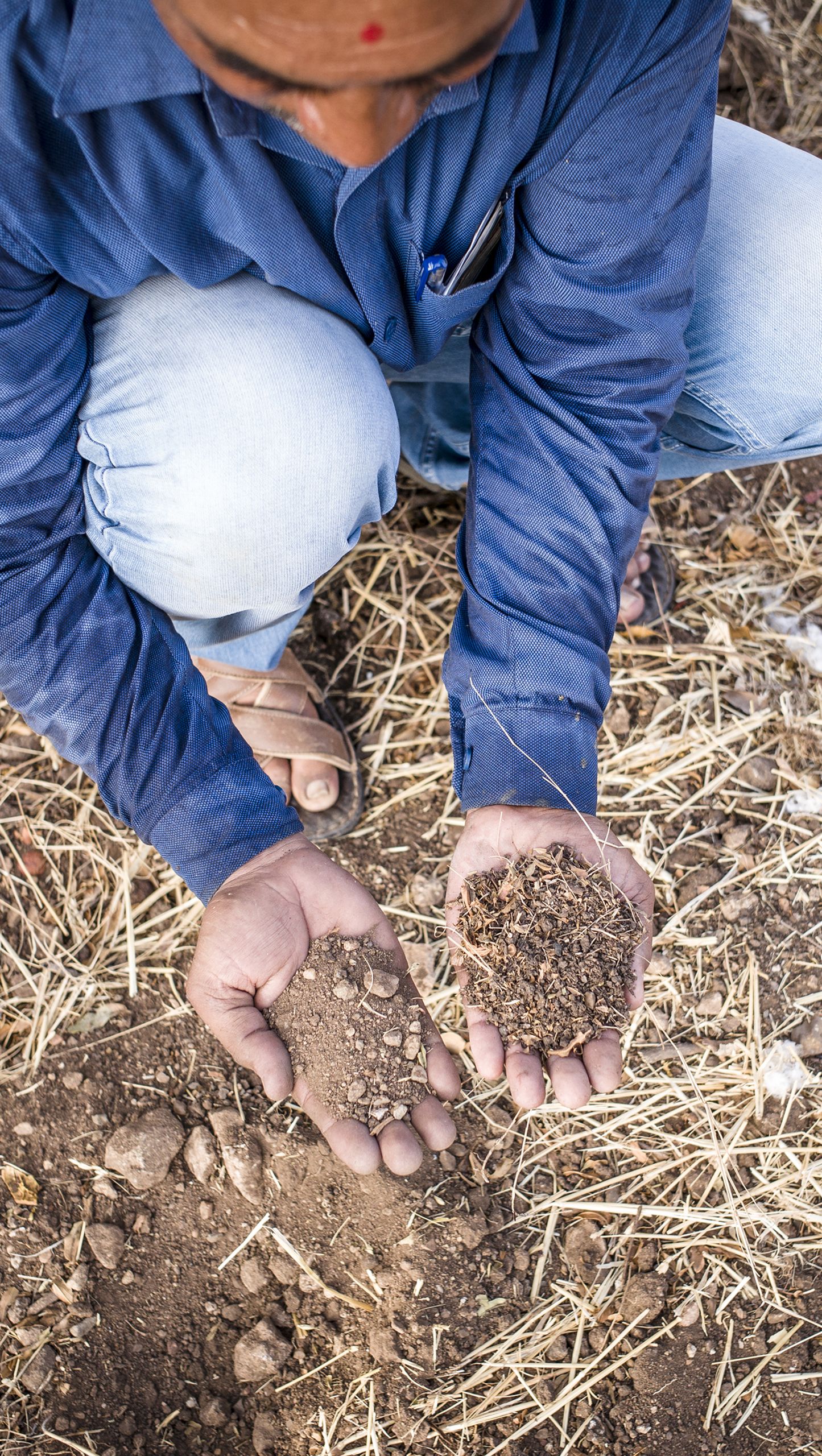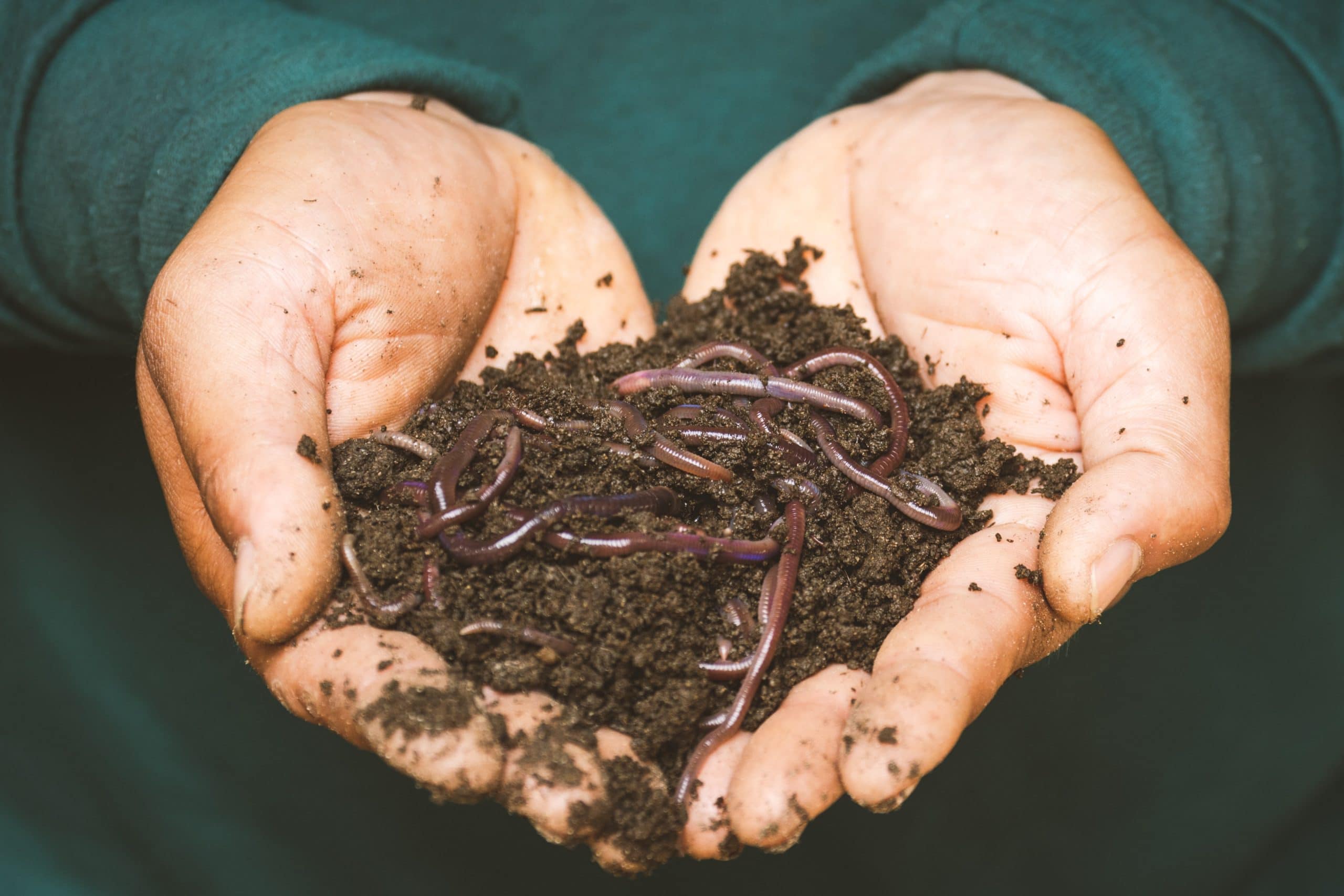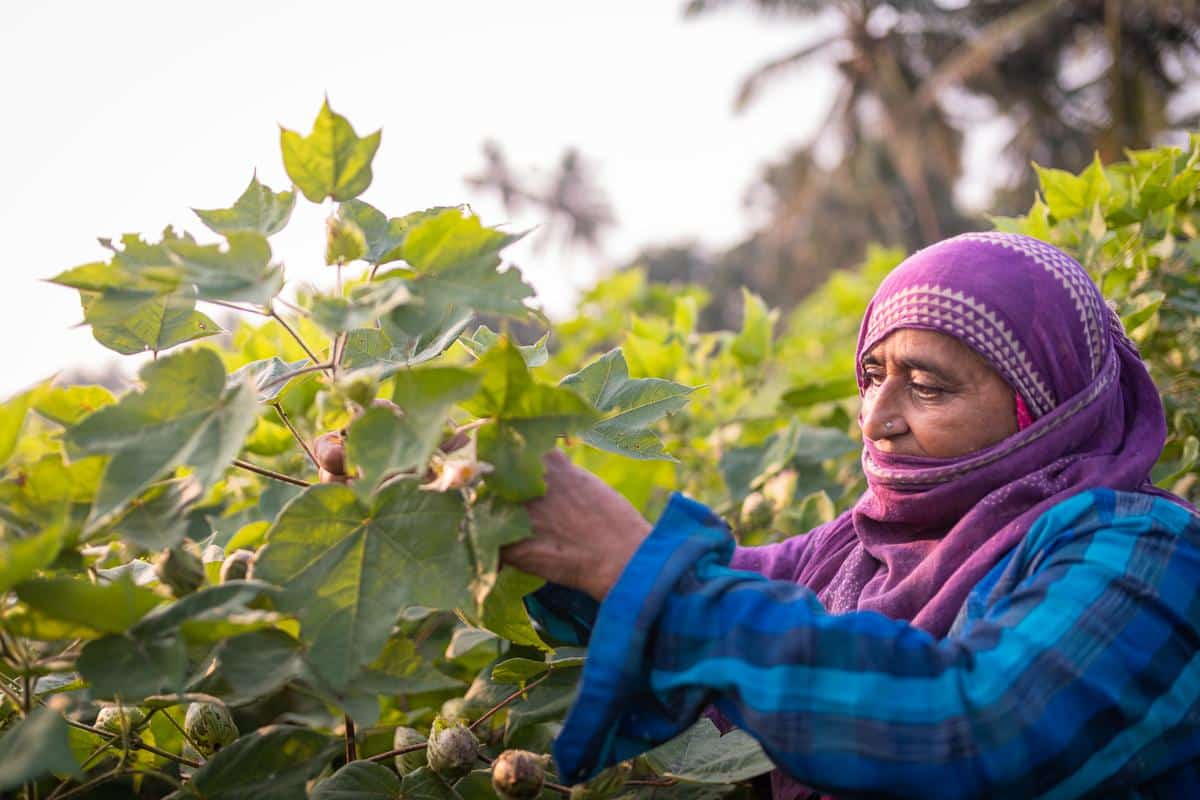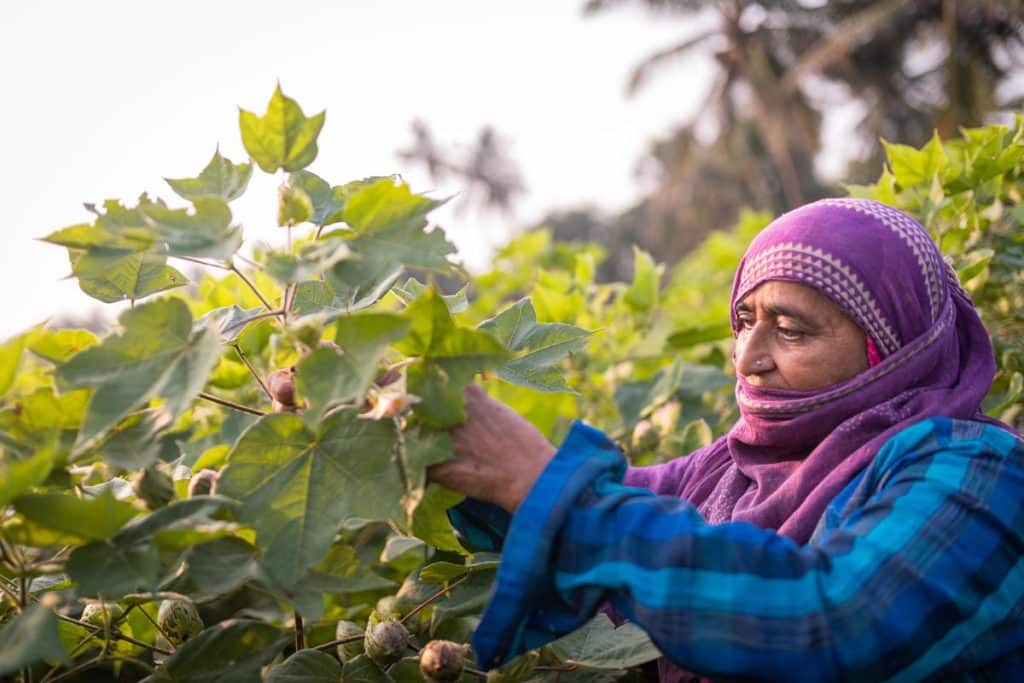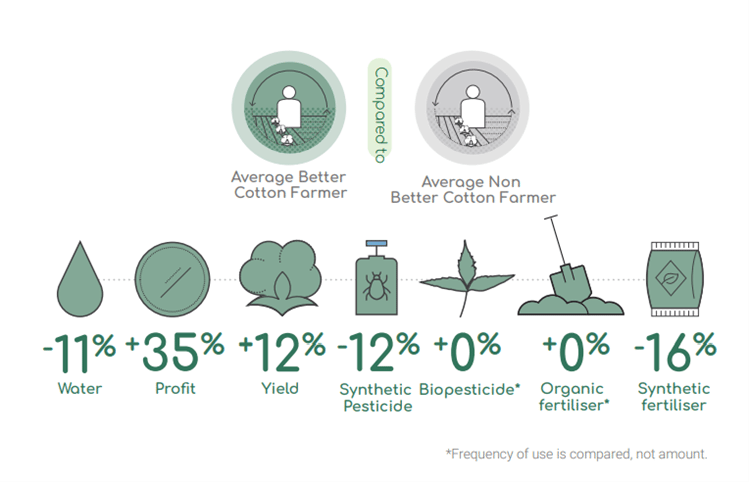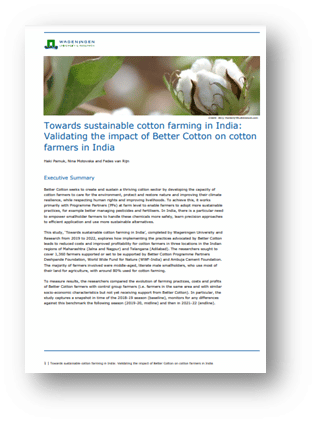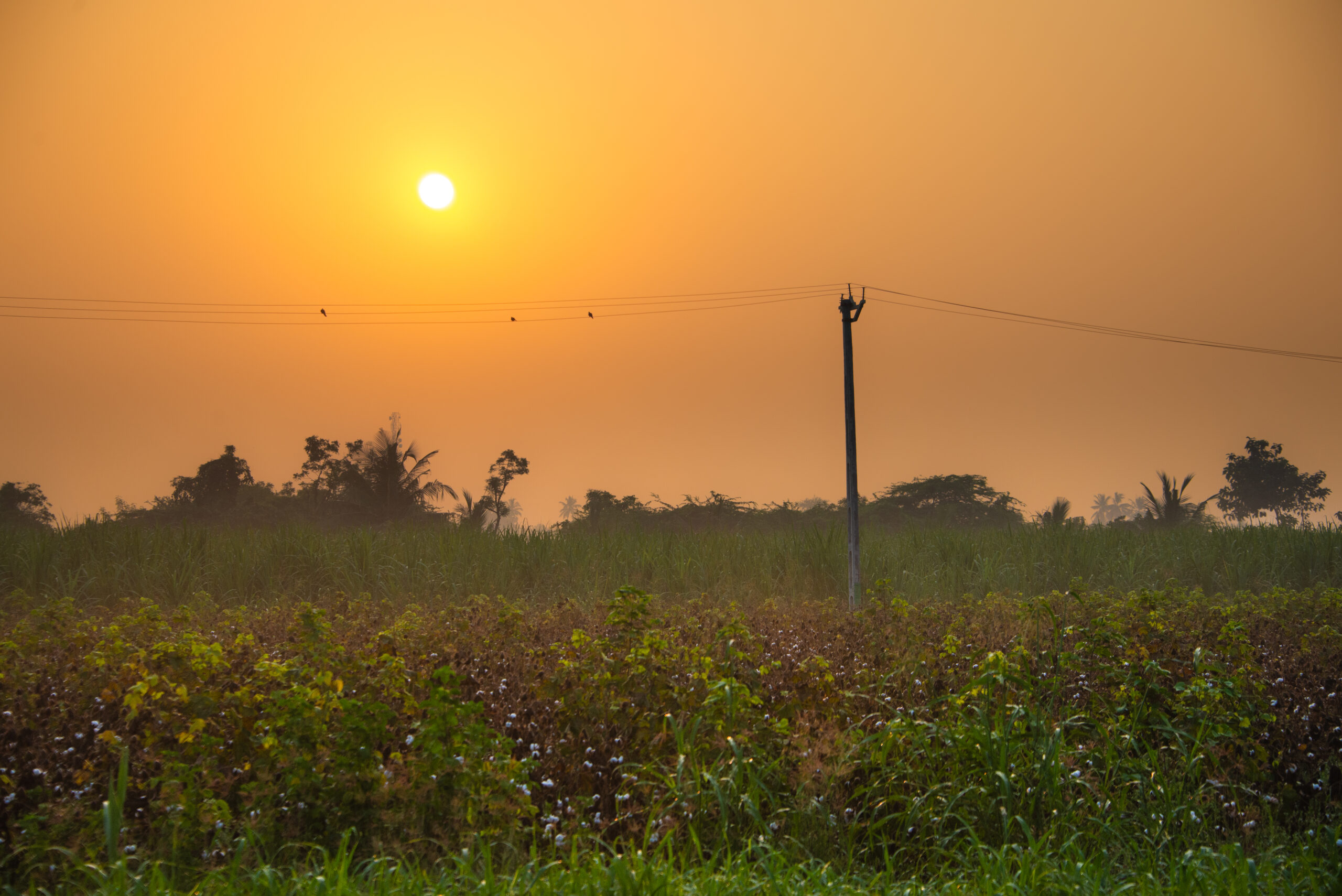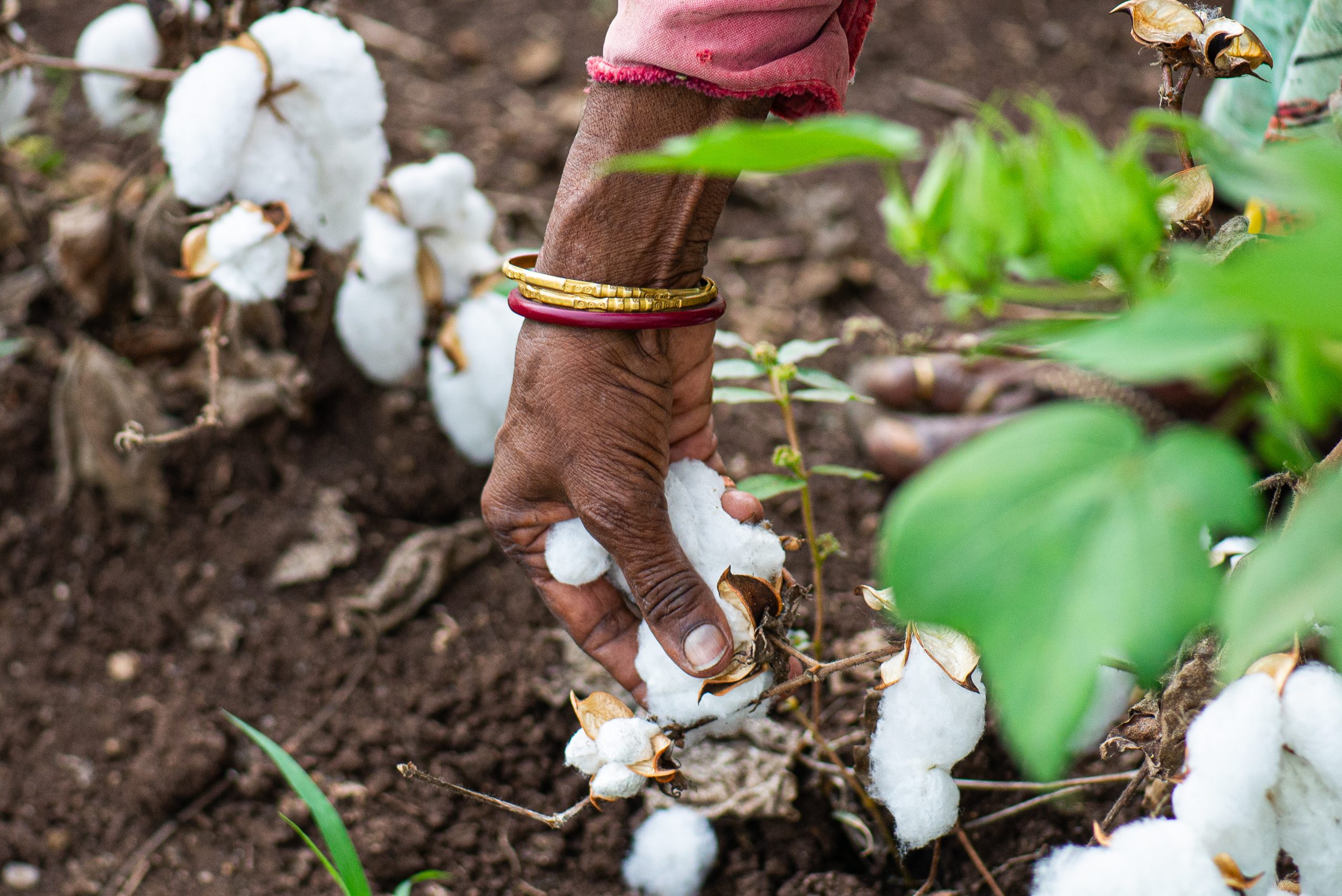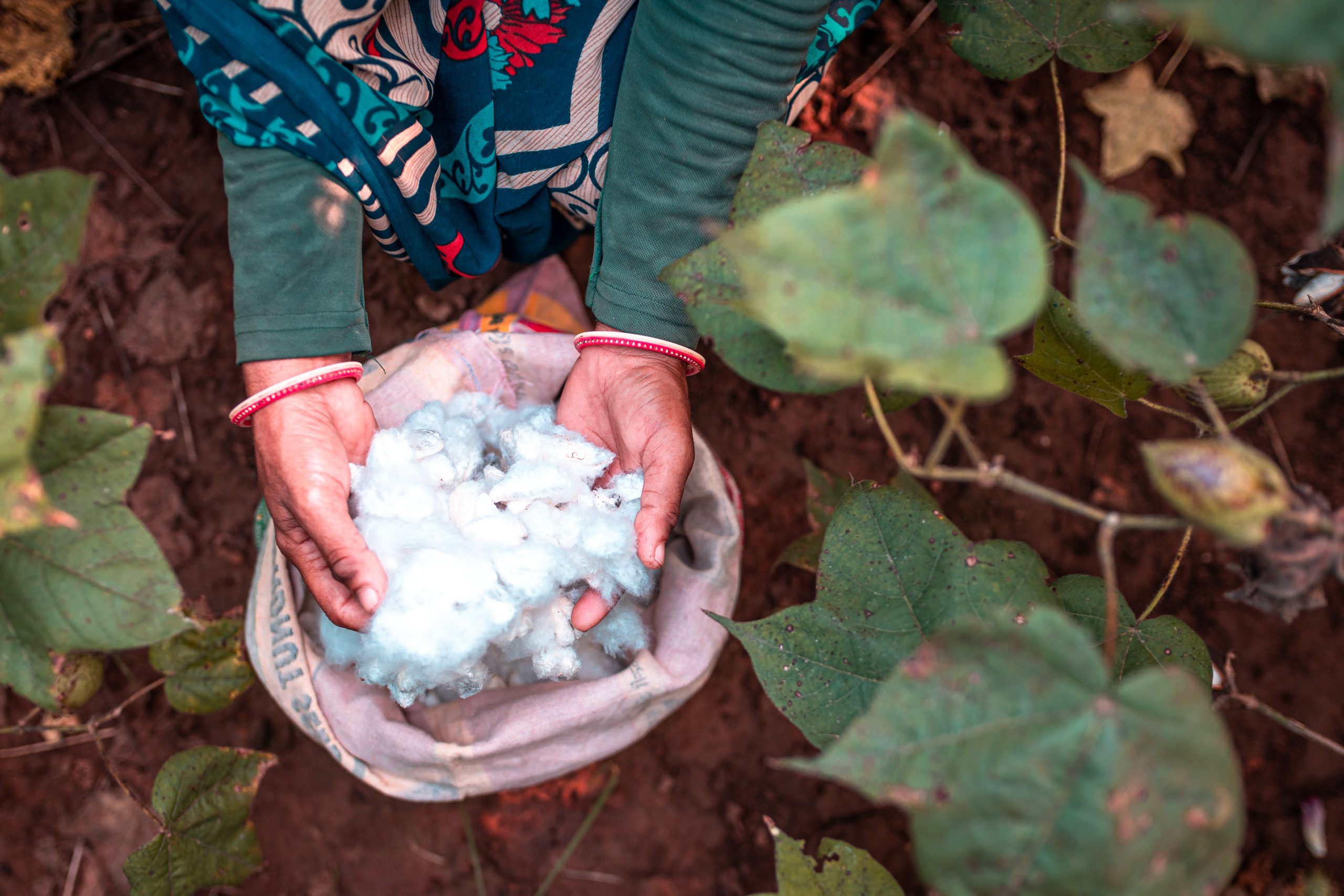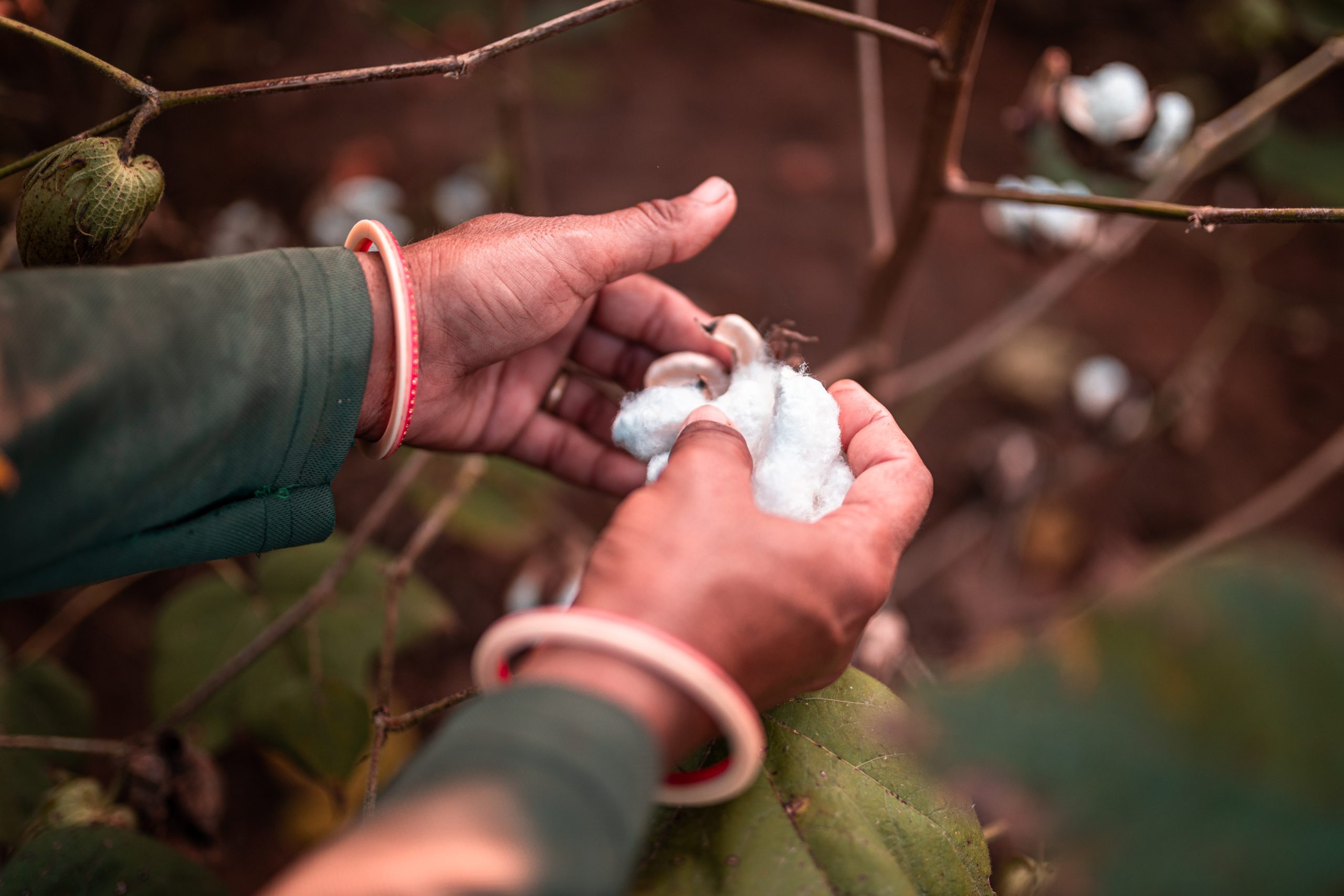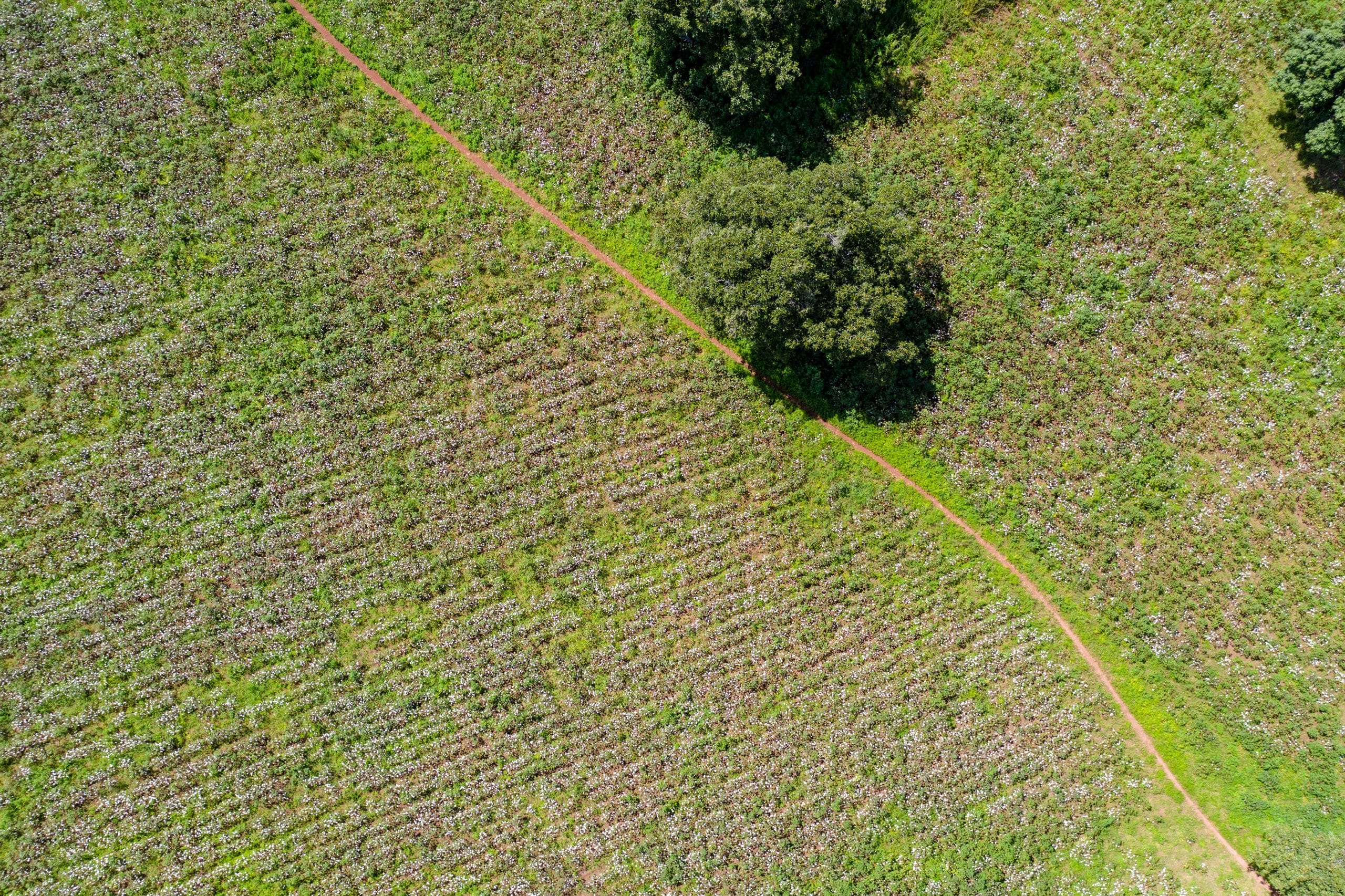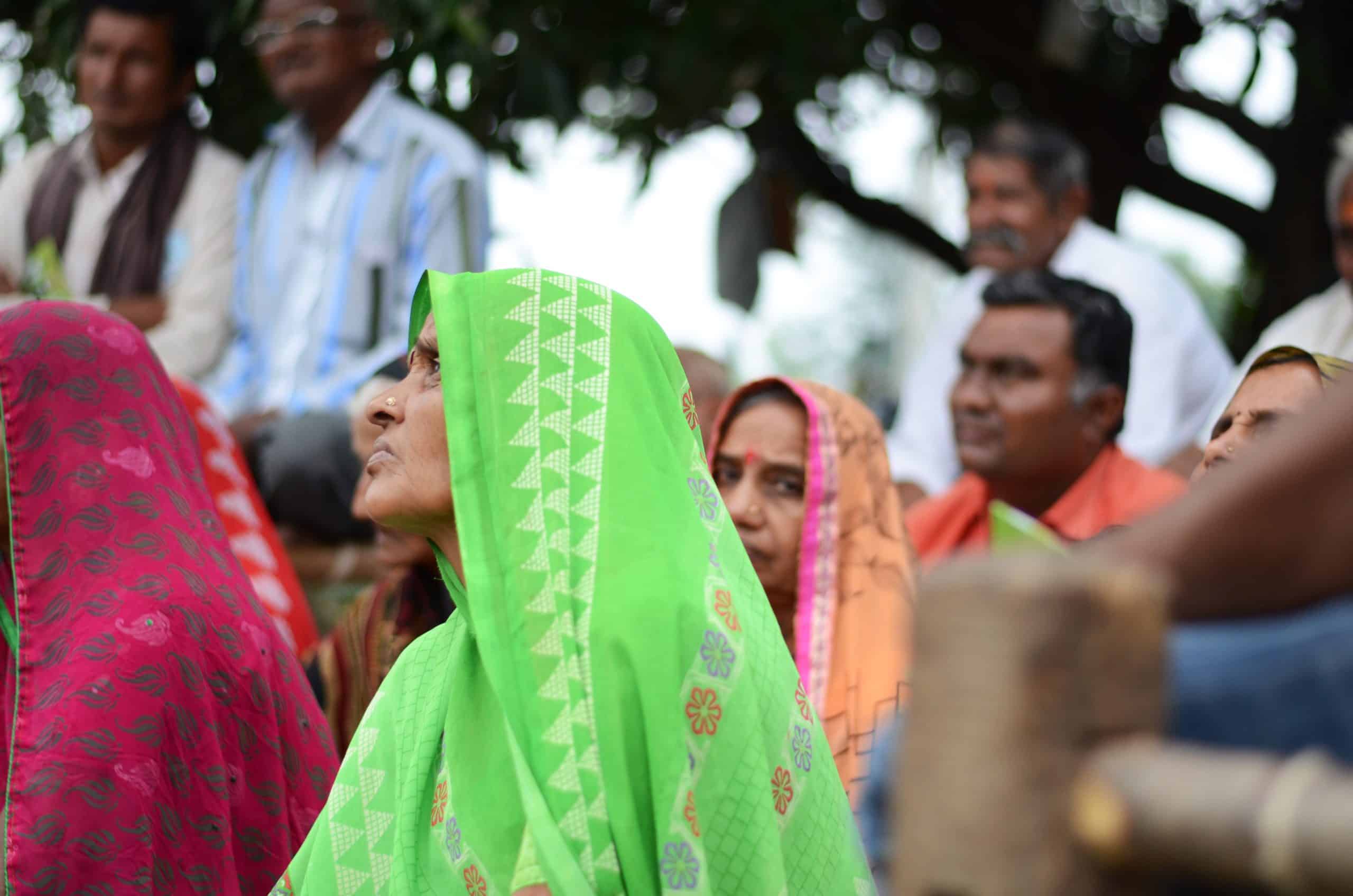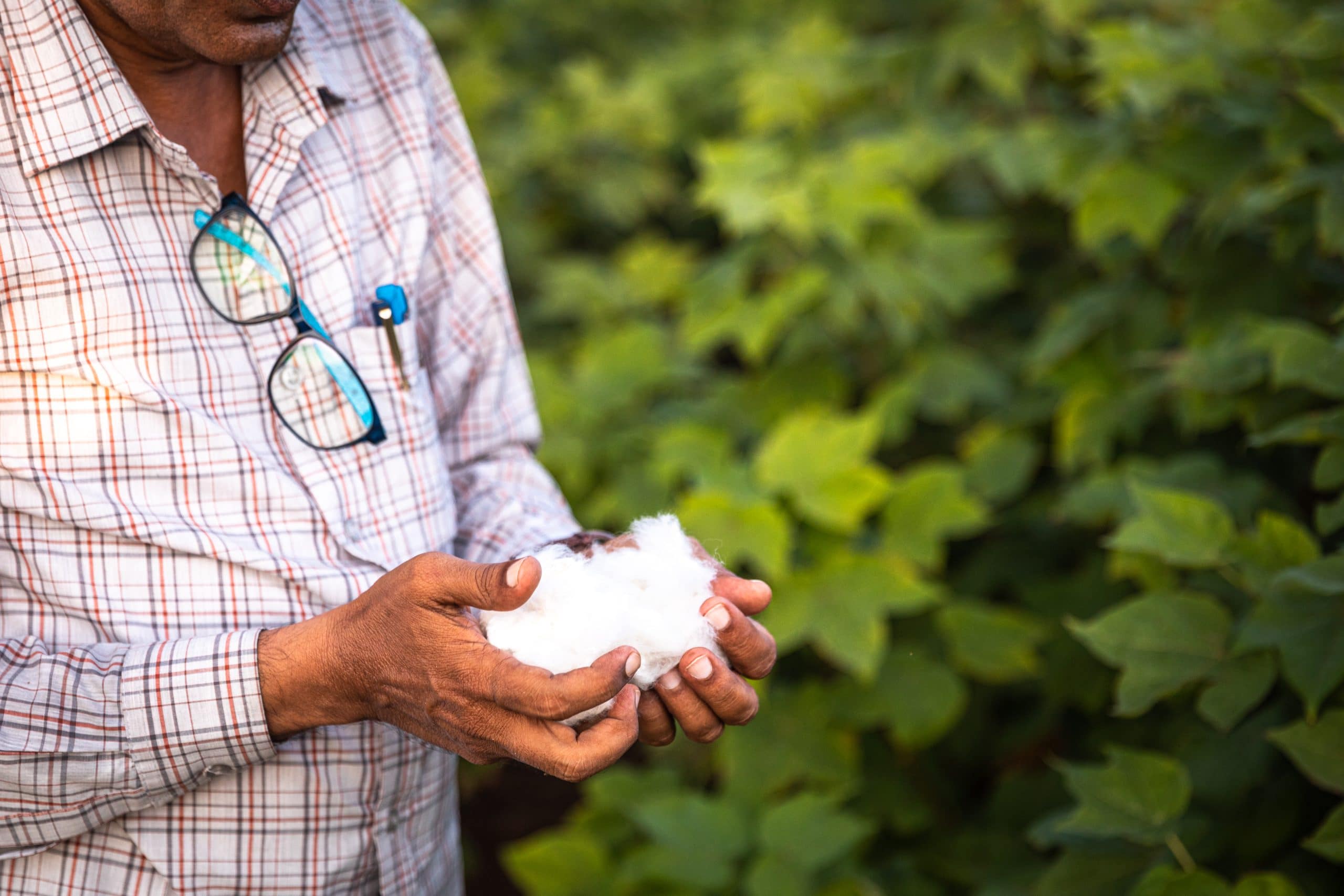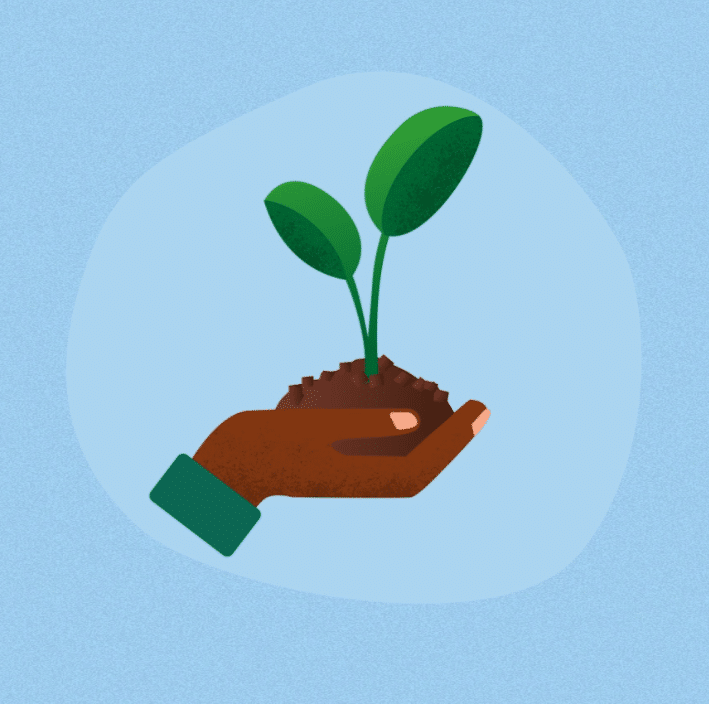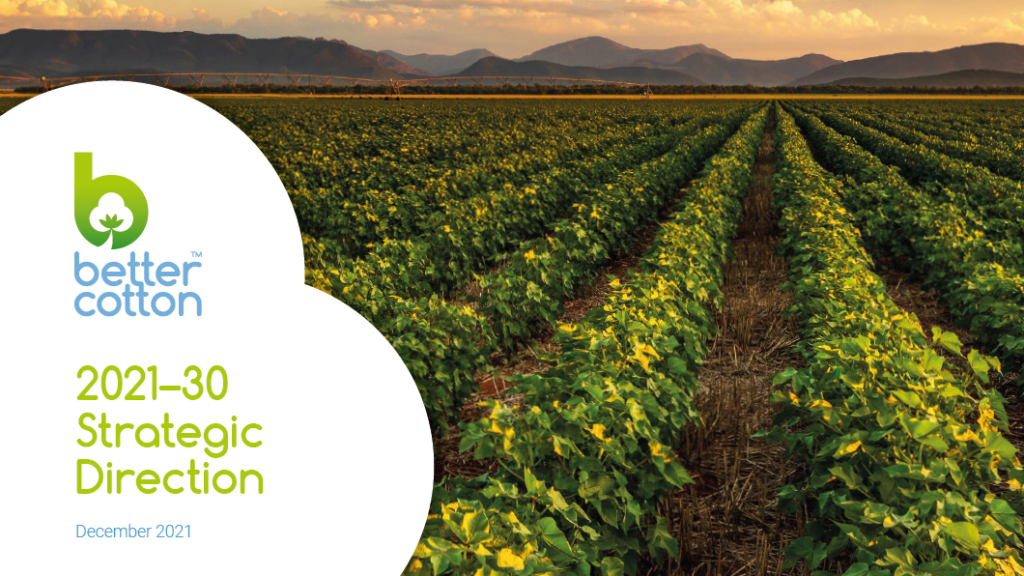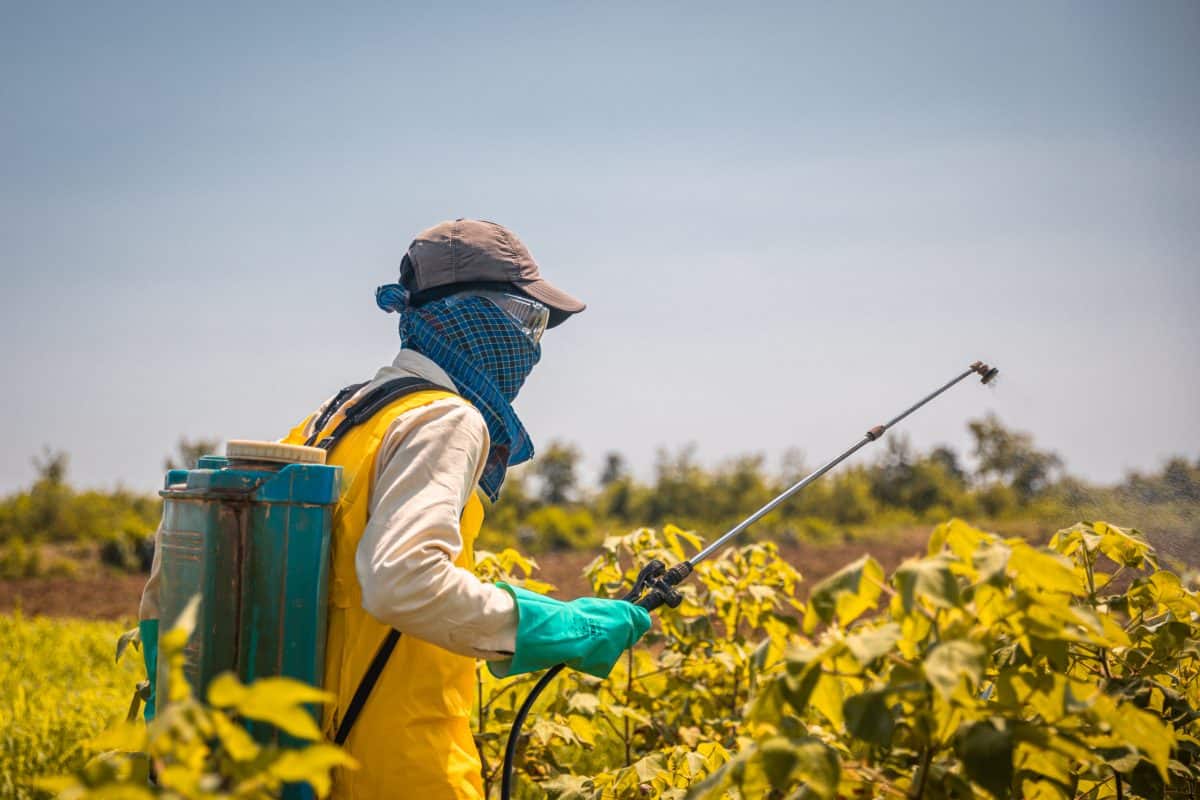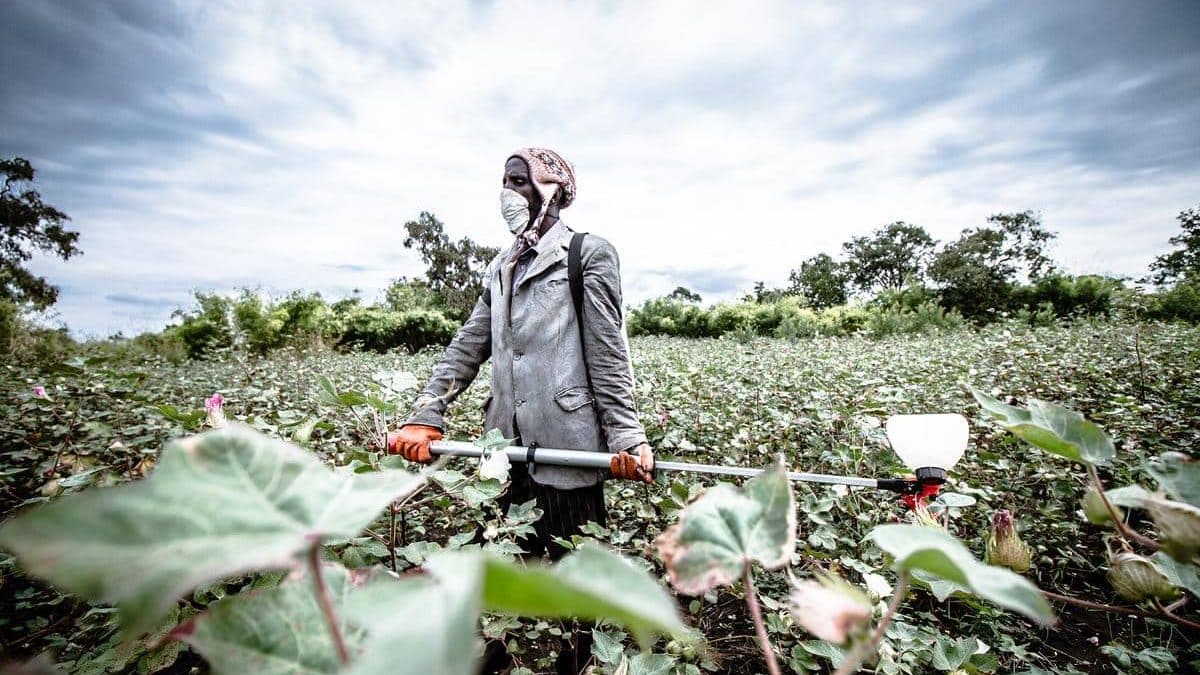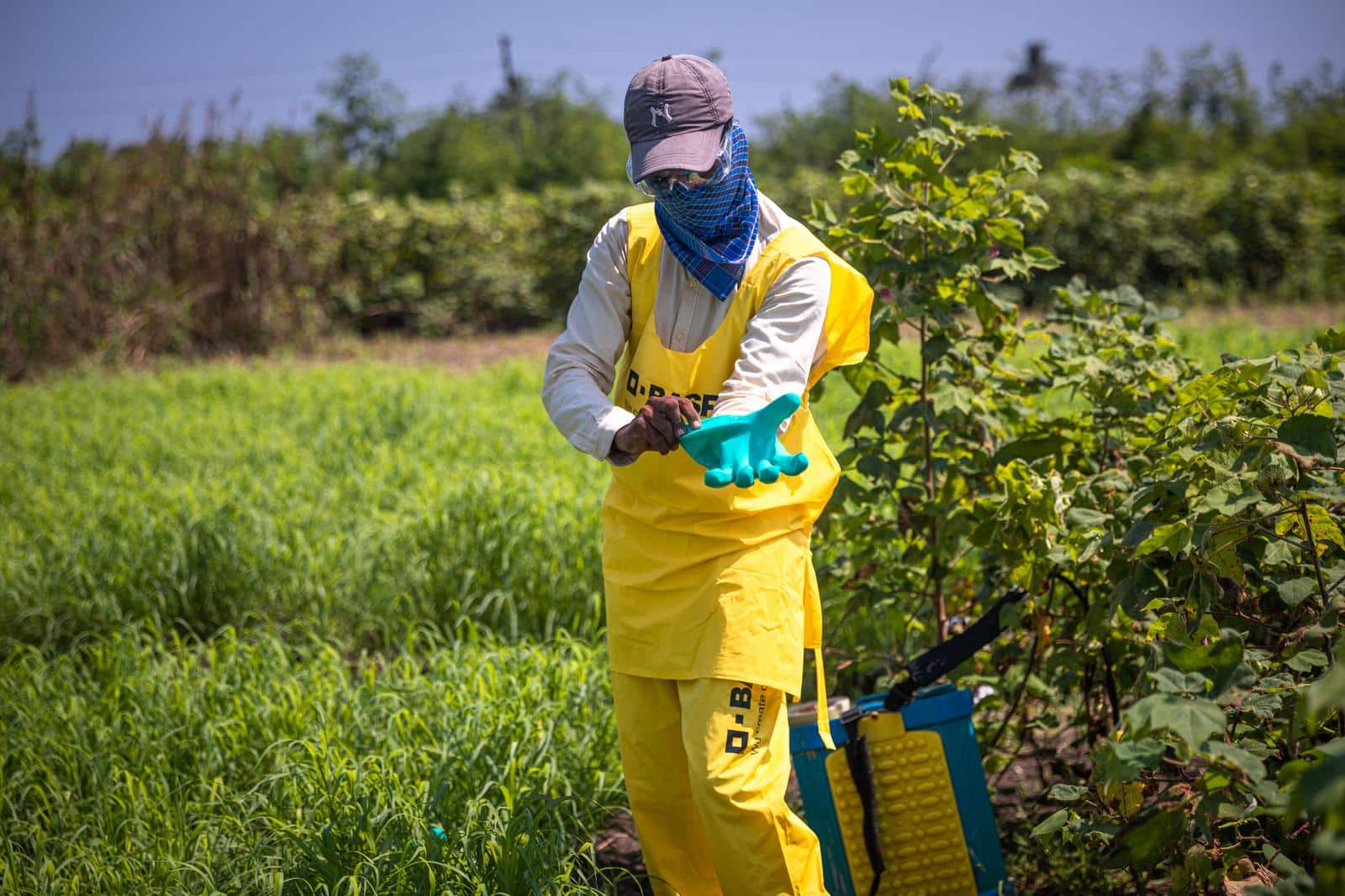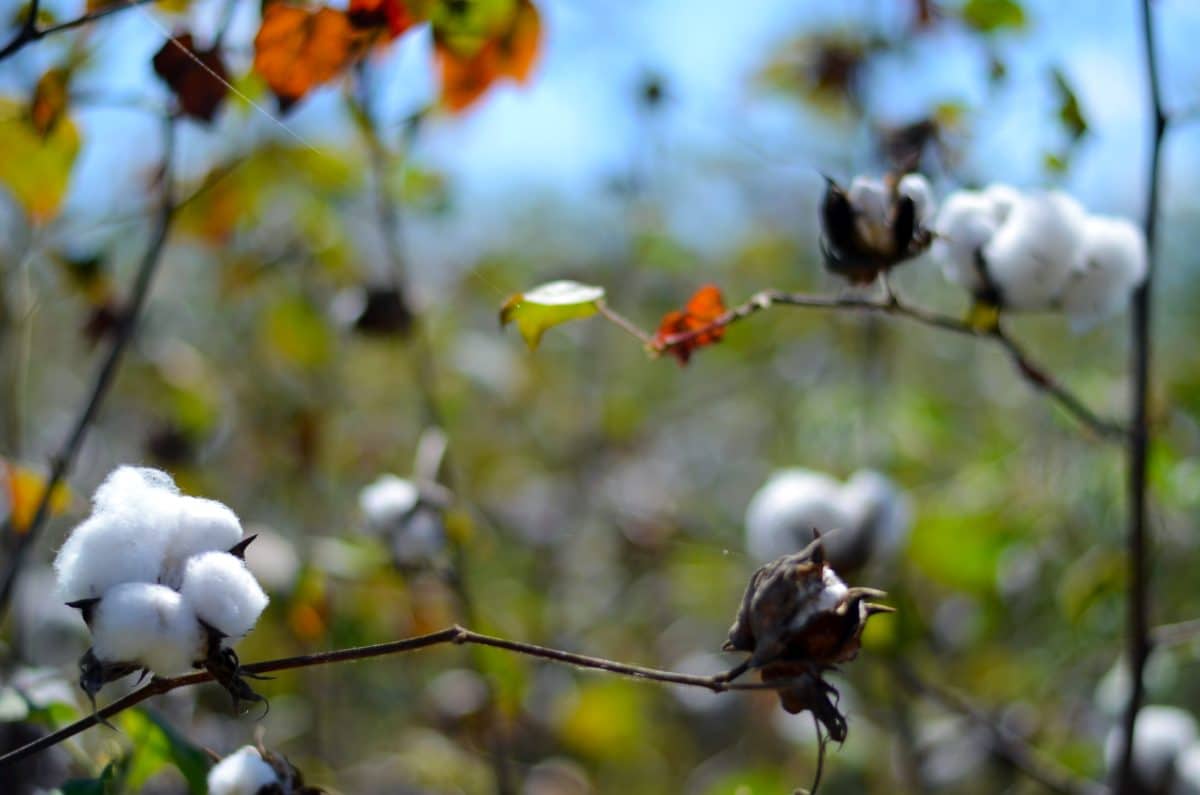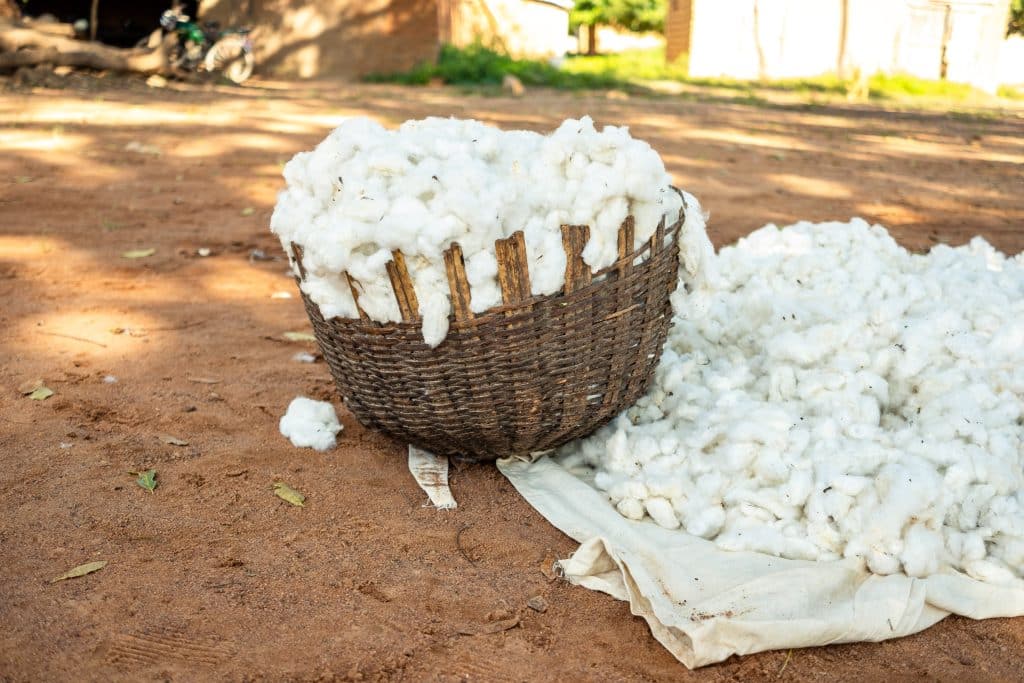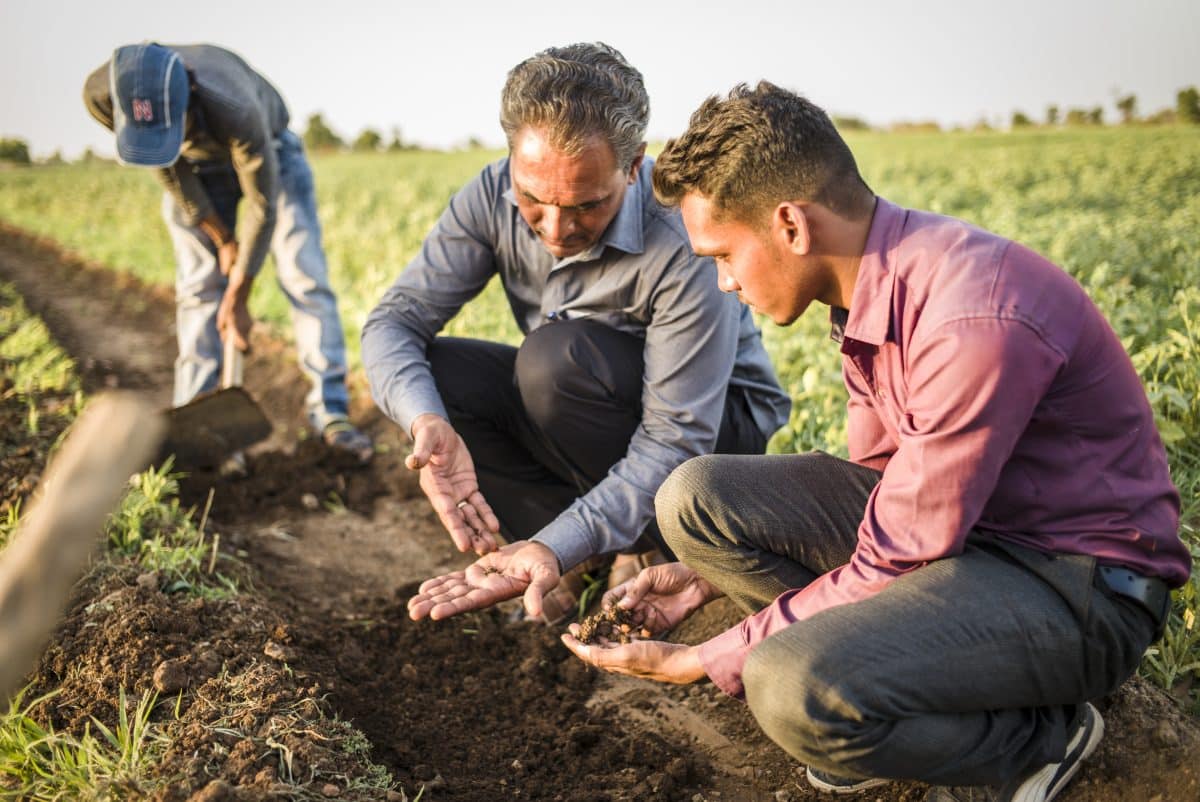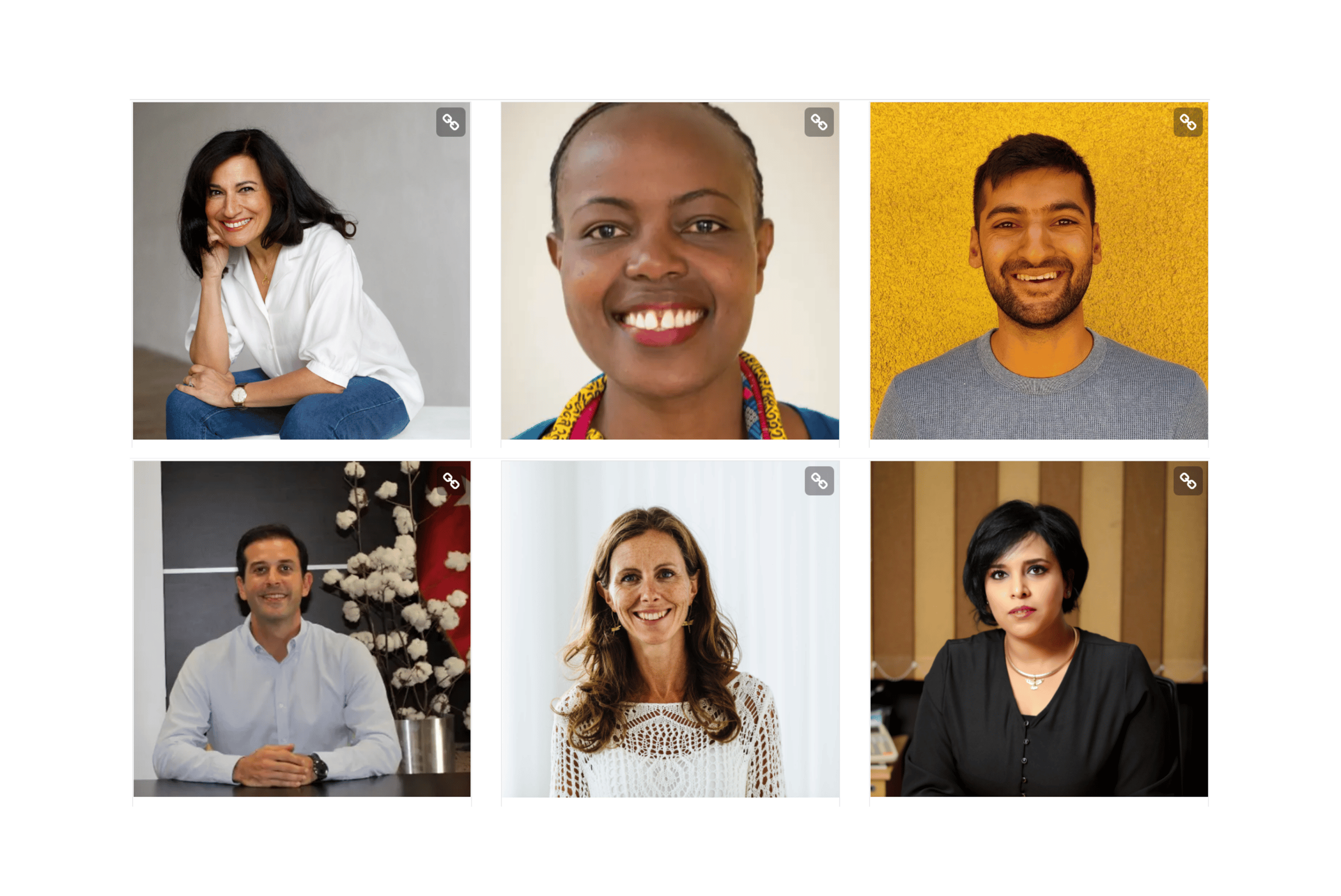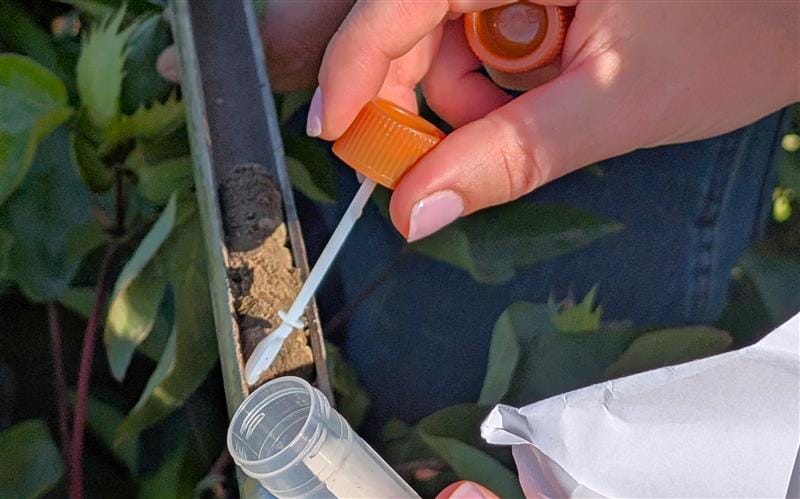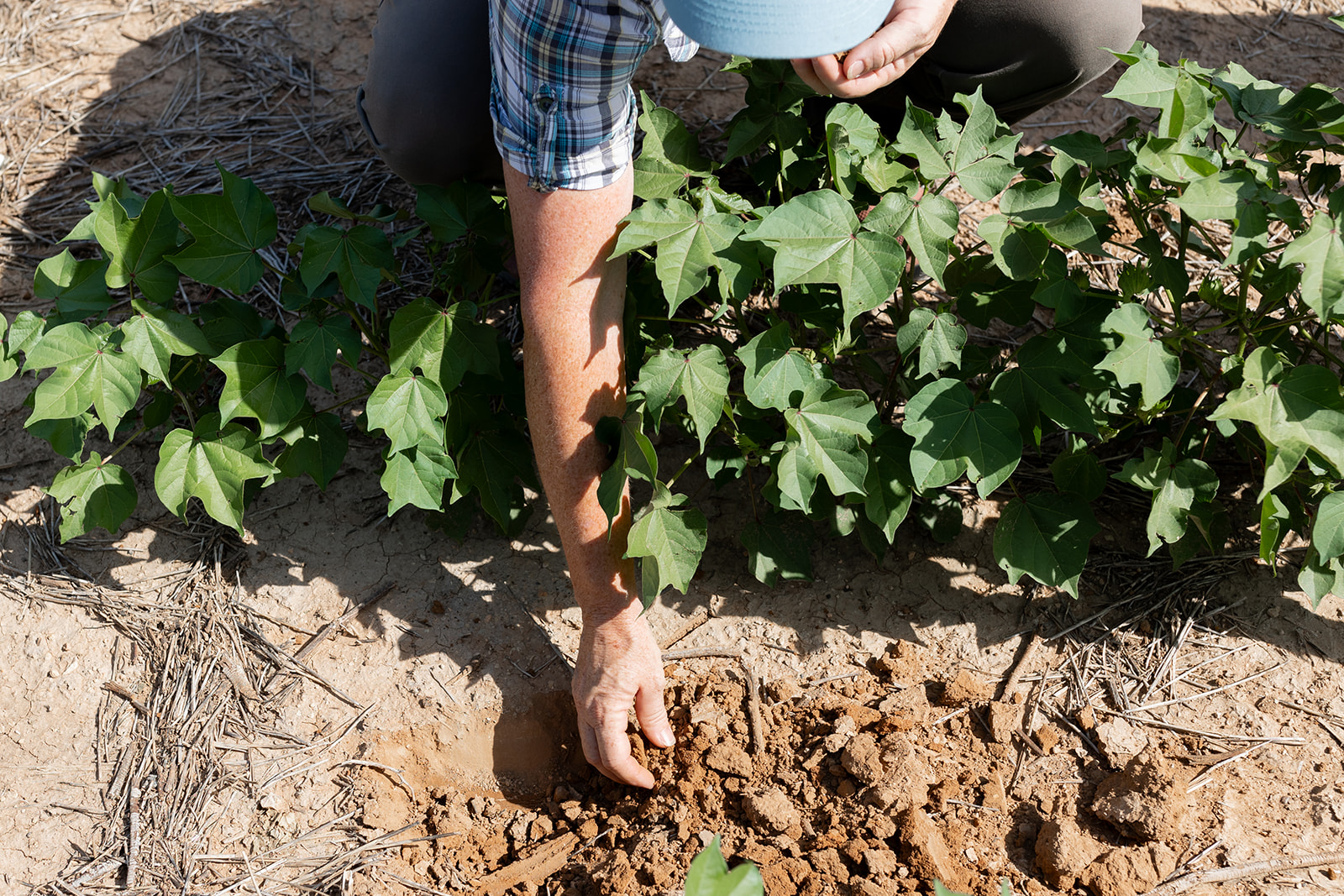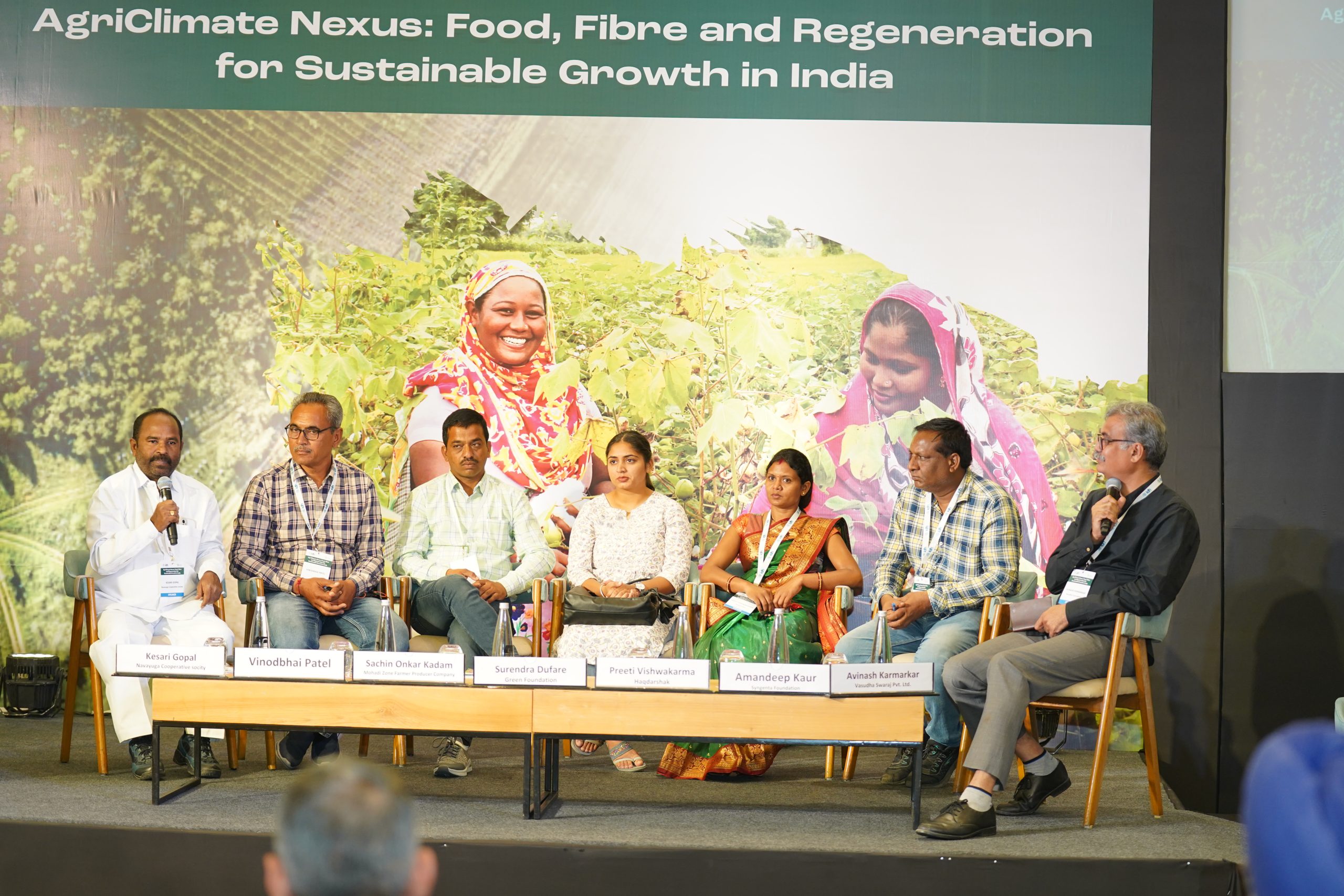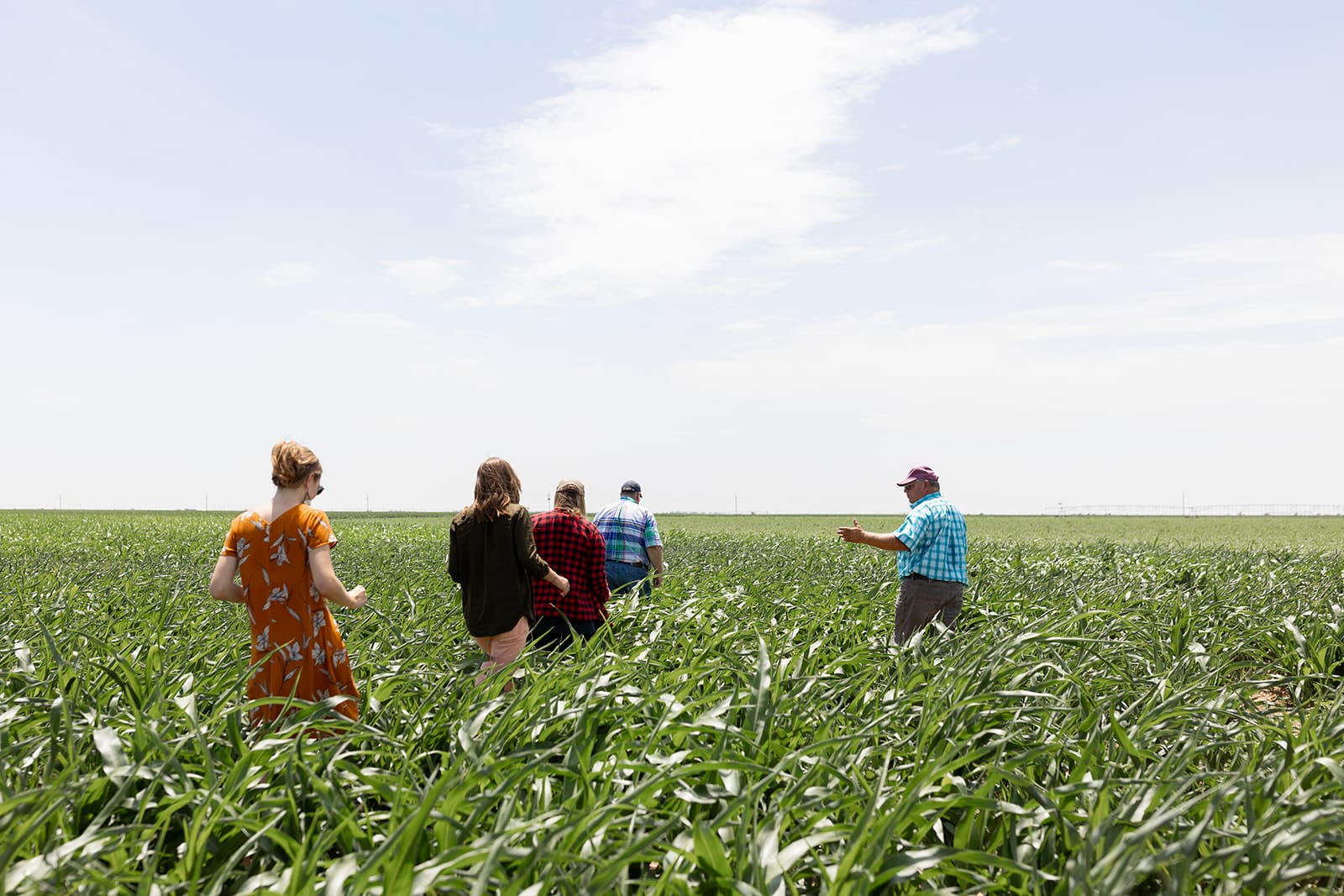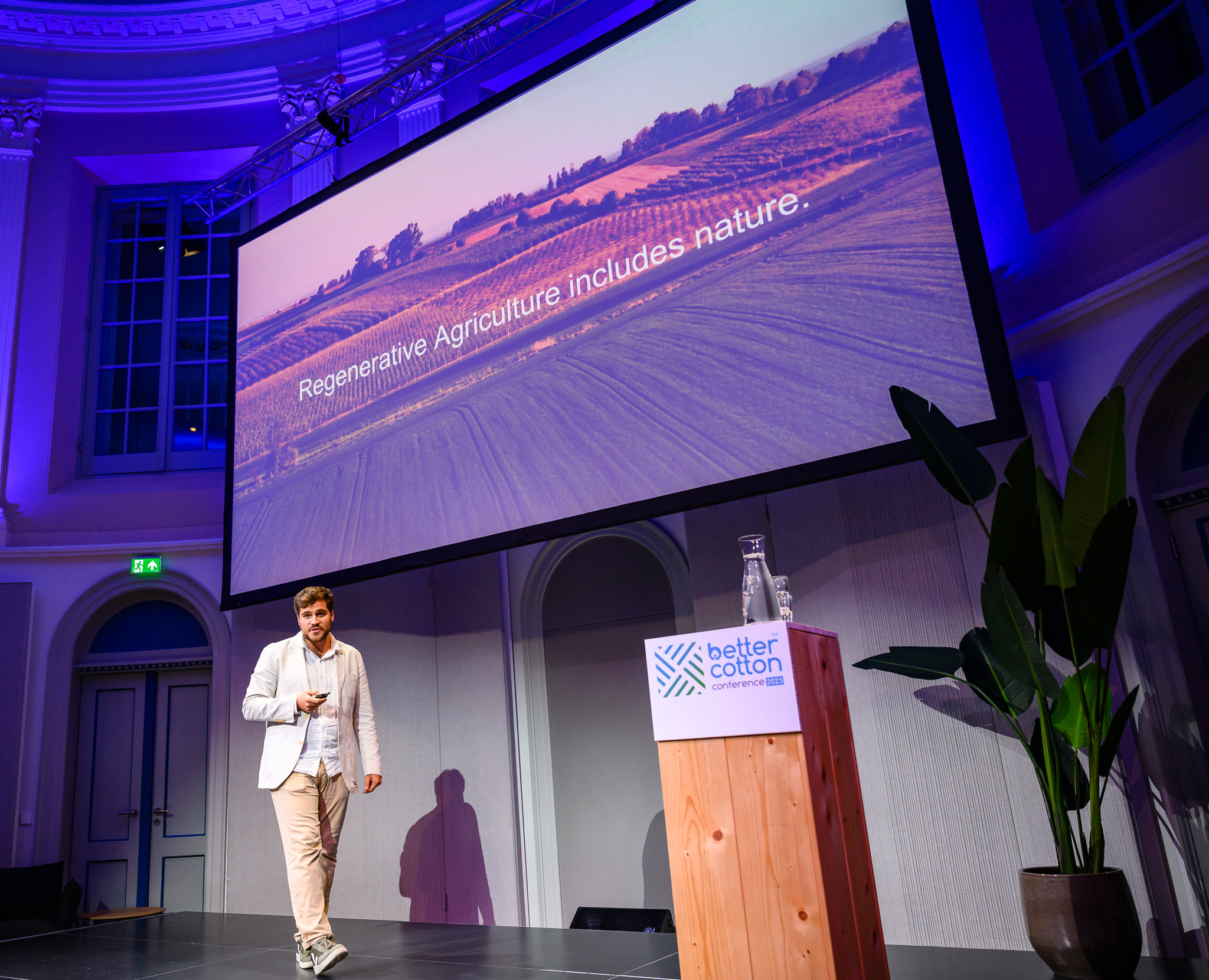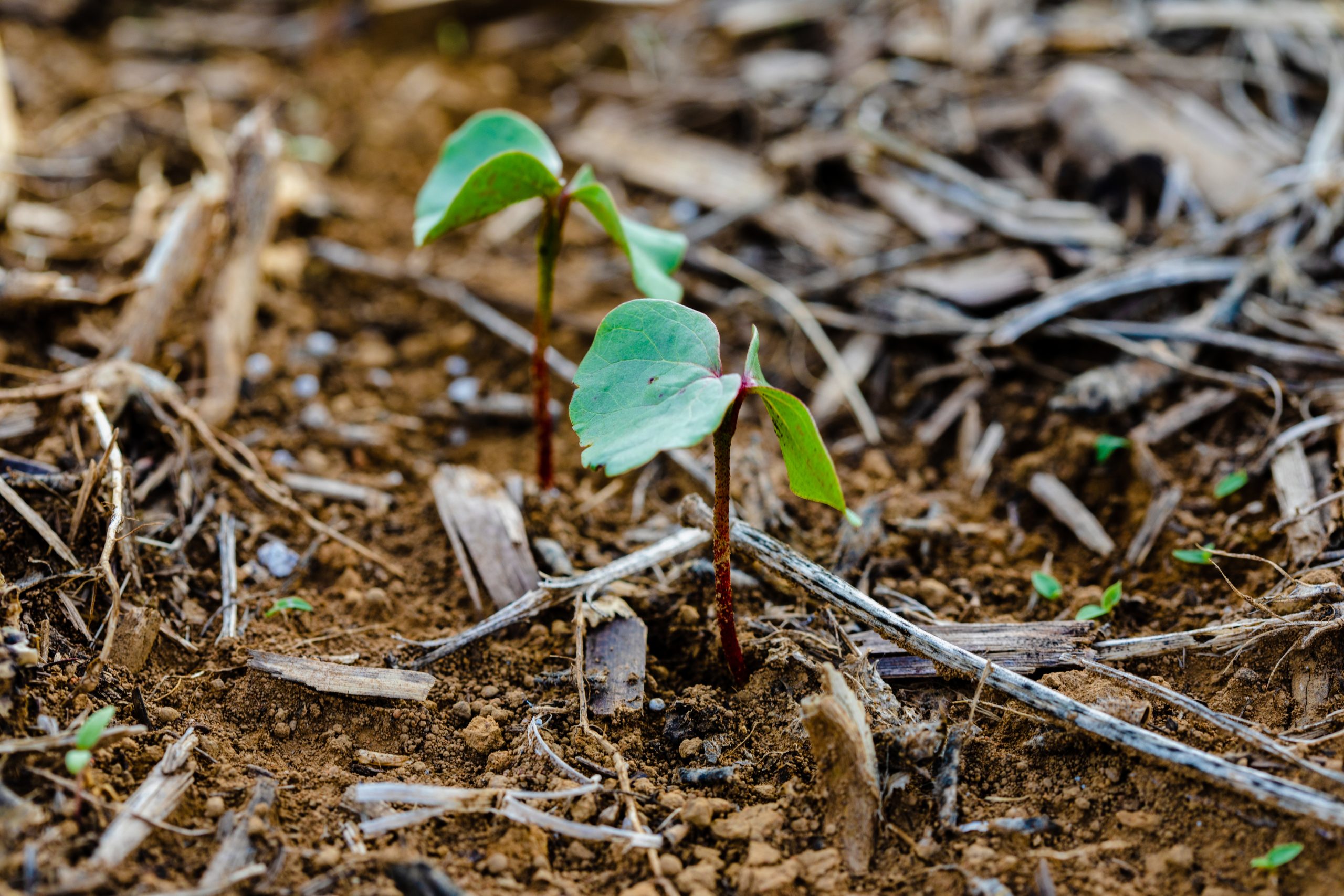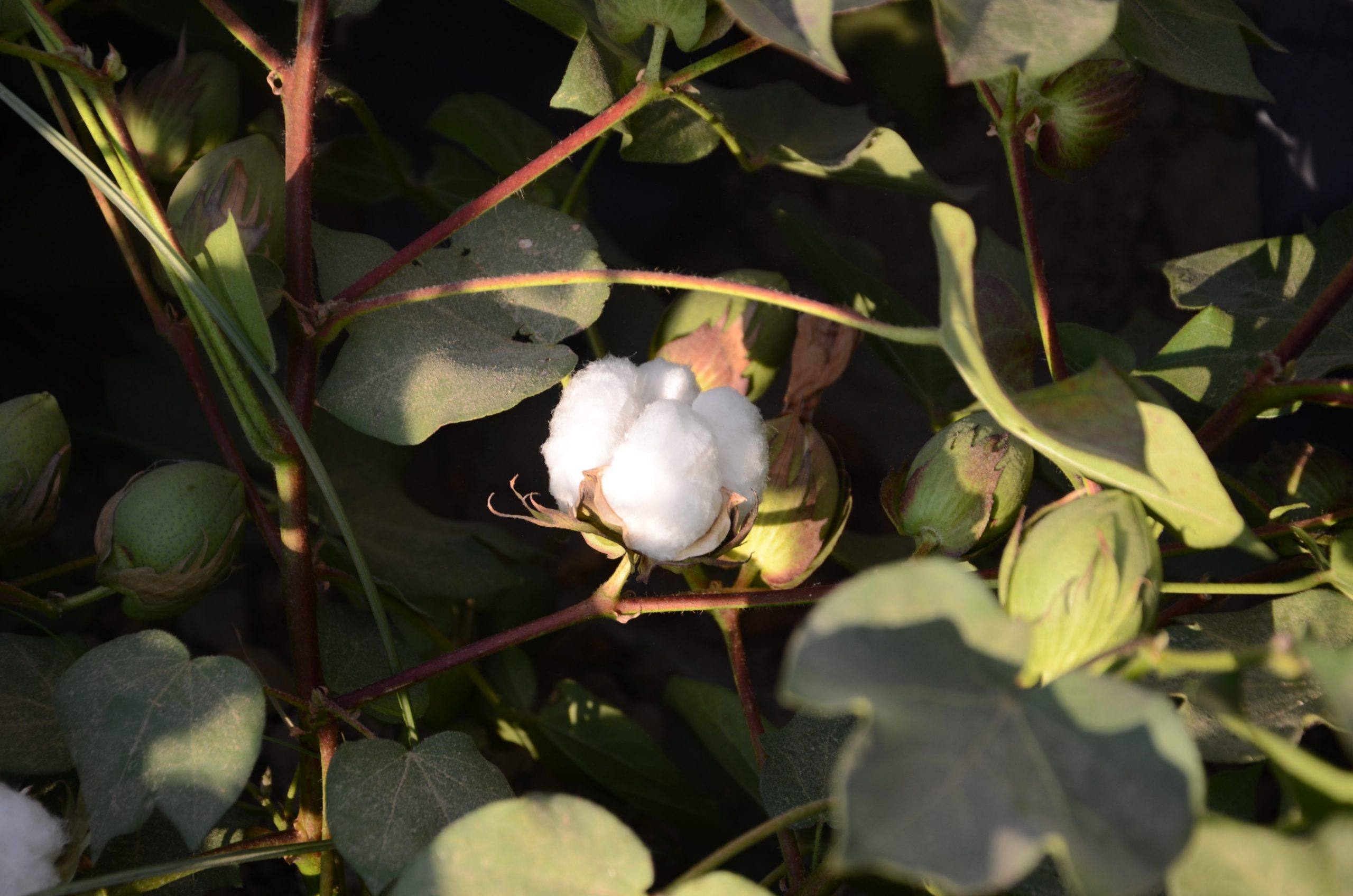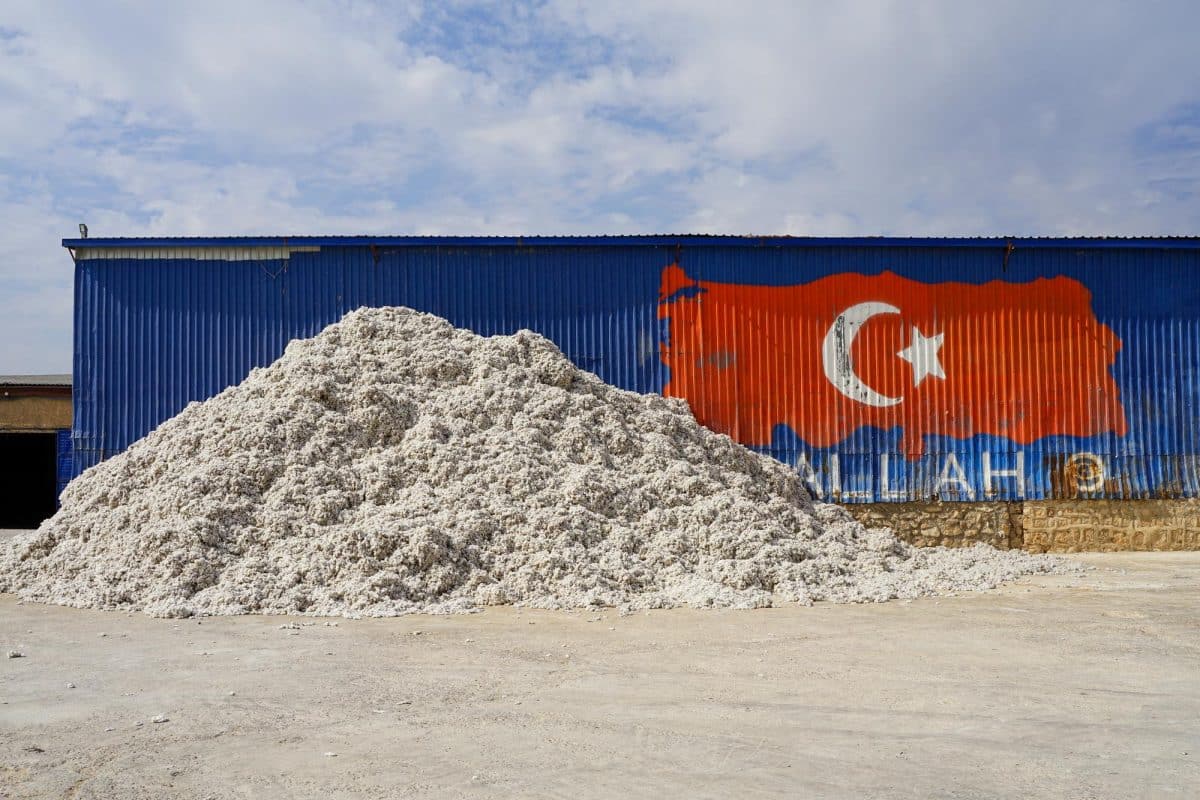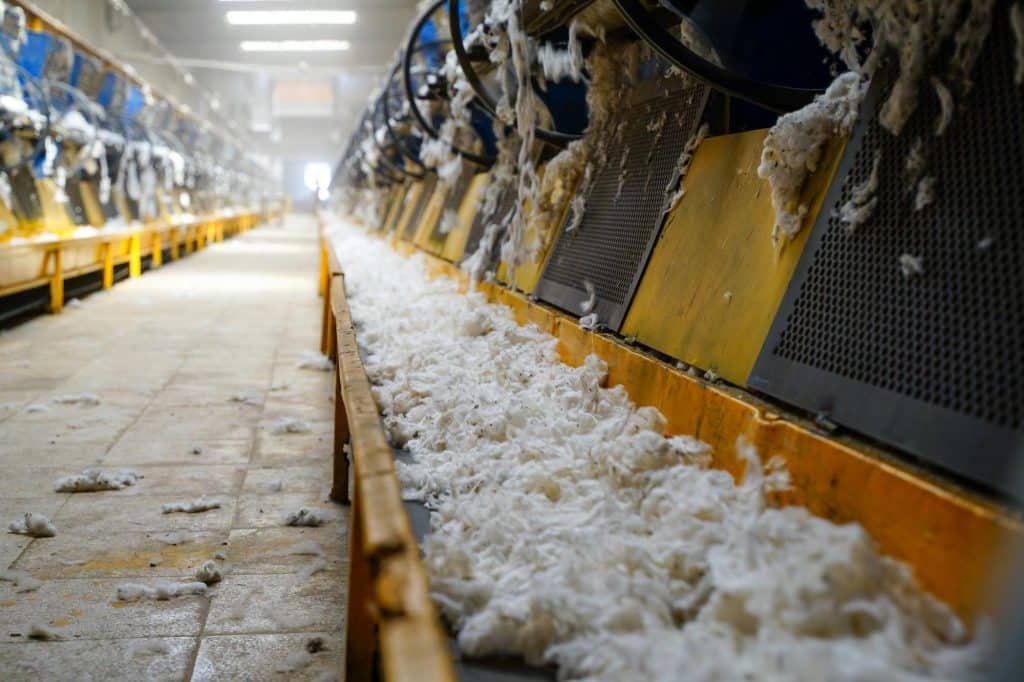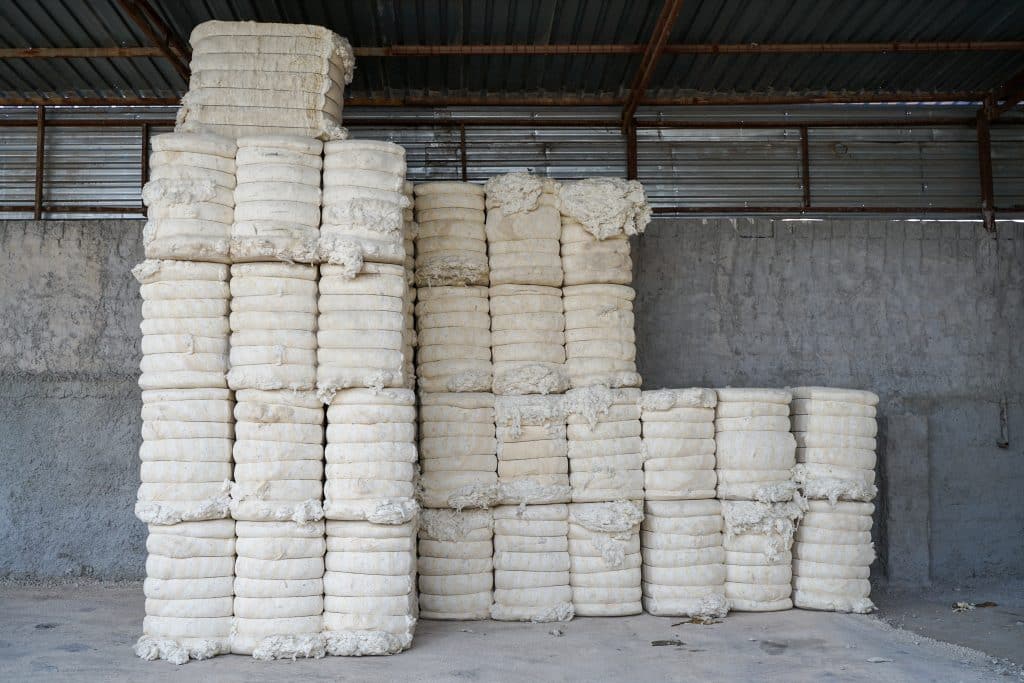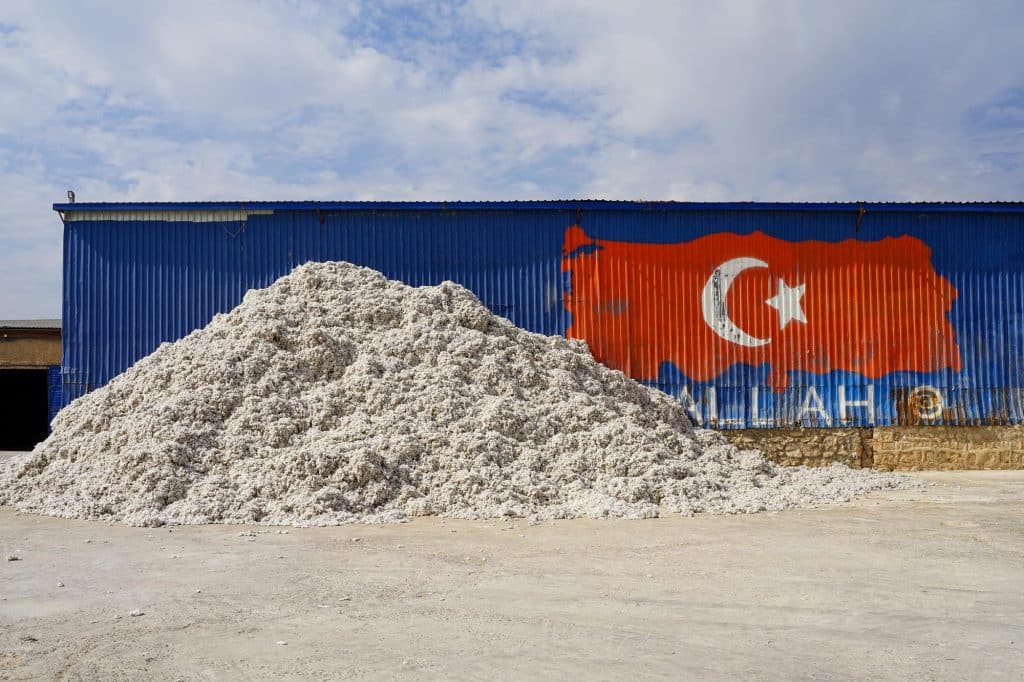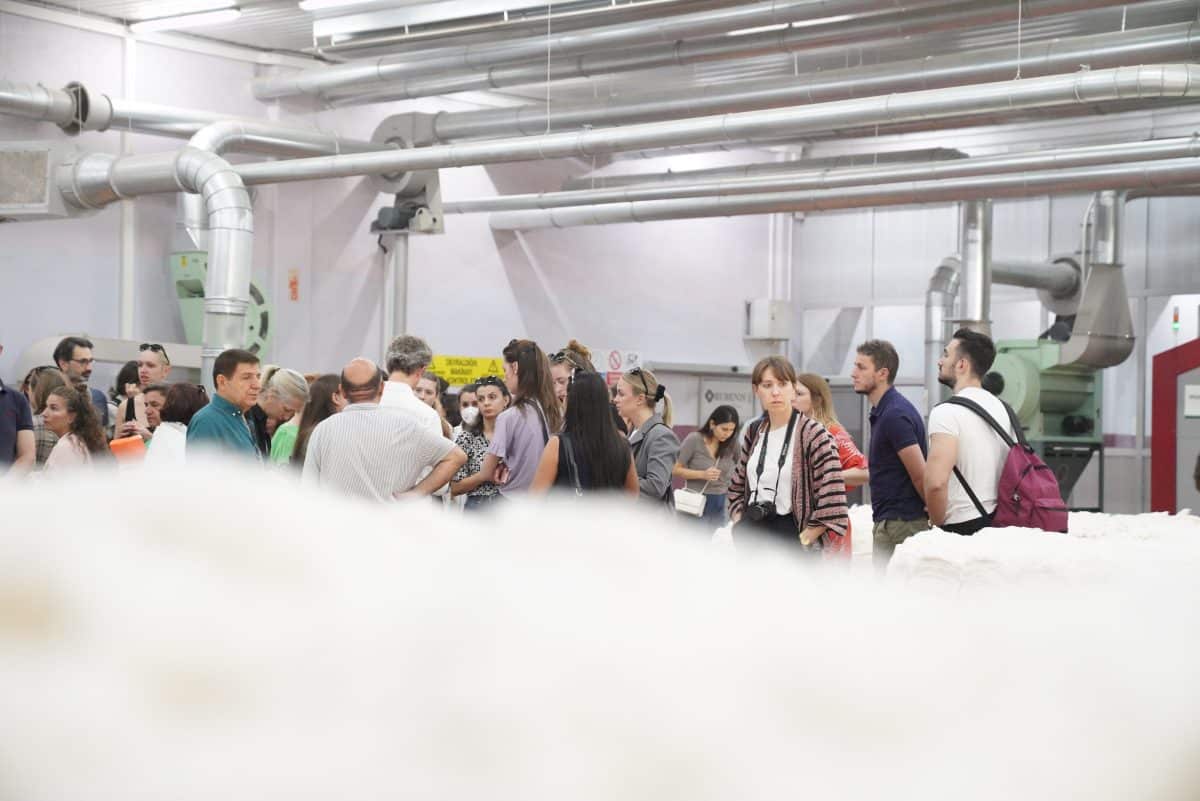Why Cotton Sustainability Strategies Must Include Smallholders
This article was first published by Sourcing Journal on 9 December 2022
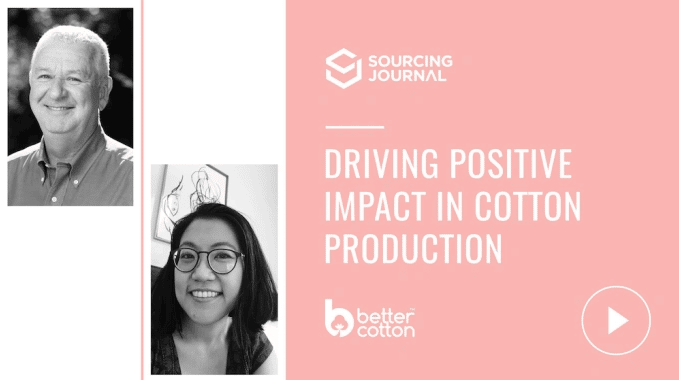

Improving farming starts with people. For cotton, that means smallholders: Ninety-nine percent of the world’s cotton farmers are operating on a small scale. And it is those smallholders that are most adversely affected by sustainability issues like poor soil quality, poverty, working conditions and the effects of the climate crisis.


As Alan McClay, CEO of Better Cotton, said during a recent conversation with Sourcing Journal sourcing and labour editor Jasmin Malik Chua, sustainable agriculture practices go hand-in-hand with contributing to viable livelihoods for farmers. Better Cotton is currently conducting a revision of its standard, with one focus being alleviating poverty among farmers and workers.
“We’re working to ensure that the shift towards climate-smart, regenerative farming and resilient communities is socially and economically inclusive for those literally millions of individuals concerned by this agricultural production,” he said. “Change can take a generation sometimes, and for some situations, a generation is far too long. We need to bring about rapid change as best we can.”
A study in two regions of India, conducted by the Netherlands’ Wageningen University, found that Better Cotton farmers received 13 cents more per kilogram of cotton, which averaged to a seasonal profitability of $82 per acre. “When you can increase yields and profitability, you’re obviously going to help the smallholders rise above the poverty line,” McClay said.
This focus on financial welfare can also contribute to a better position for women working in the cotton industry. Women, who are often dealing with lower wages, can be a key driver for improving sustainability, provided they have the right resources. One study found that just a third of women cotton cultivators in Maharashtra, India attended any training in 2018-19. But once women were given access to training, adoption of better farming practices rose by up to 40 percent.
“Everything is interconnected,” McClay said. “You pull one thread, and then you’re going to be causing effects across the chain. So you have to make sure you understand the complexity of the whole system.”
To understand the impact of the Better Cotton standard, the organization collects millions of data points from farms. It is also leveraging external assessments, partnerships with other institutions as well as digital and cloud-based tools to improve the reliability of its data. In India, a pilot with startup Agritask aims to create a “learning feedback loop” for farmers so they can make improvements based on data.
Physical segregation of Better Cotton between farms and gins has been in place up until now, but the need for increased visibility throughout the rest of the supply chain has grown as legislation makes ethical sourcing a requirement rather than a choice. As a result, the organization has embarked on an ambitious traceability program. Better Cotton’s current method of volume tracking through mass balance will likely be joined by new traceability chain of custody models that will increase the visibility of Better Cotton supply chains. In turn, this should make it easier for farmers to be rewarded for their sustainability improvements, such as remunerating them for carbon sequestration. Pilots are now underway in Mozambique, Turkey and India to test these new models along with assessing accompanying digital tools.
“Of all the agricultural supply chains, cotton is possibly the most complicated and the most obscure,” McClay said. “This will help shed some light across the supply chain.”
Watch this video to learn more about Better Cotton’s approach to social and environmental change and how it is measuring the impact of its standard.
Read more
